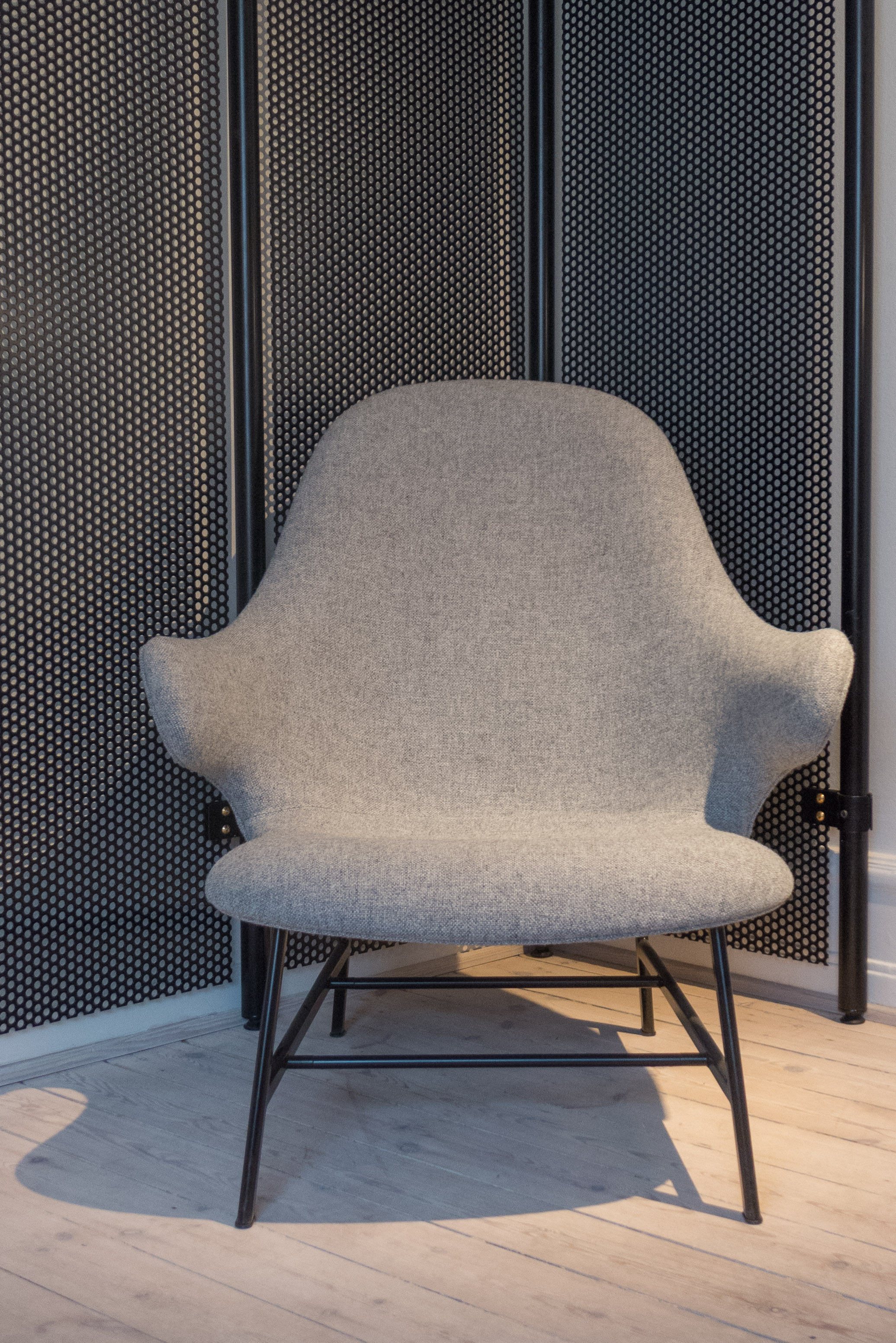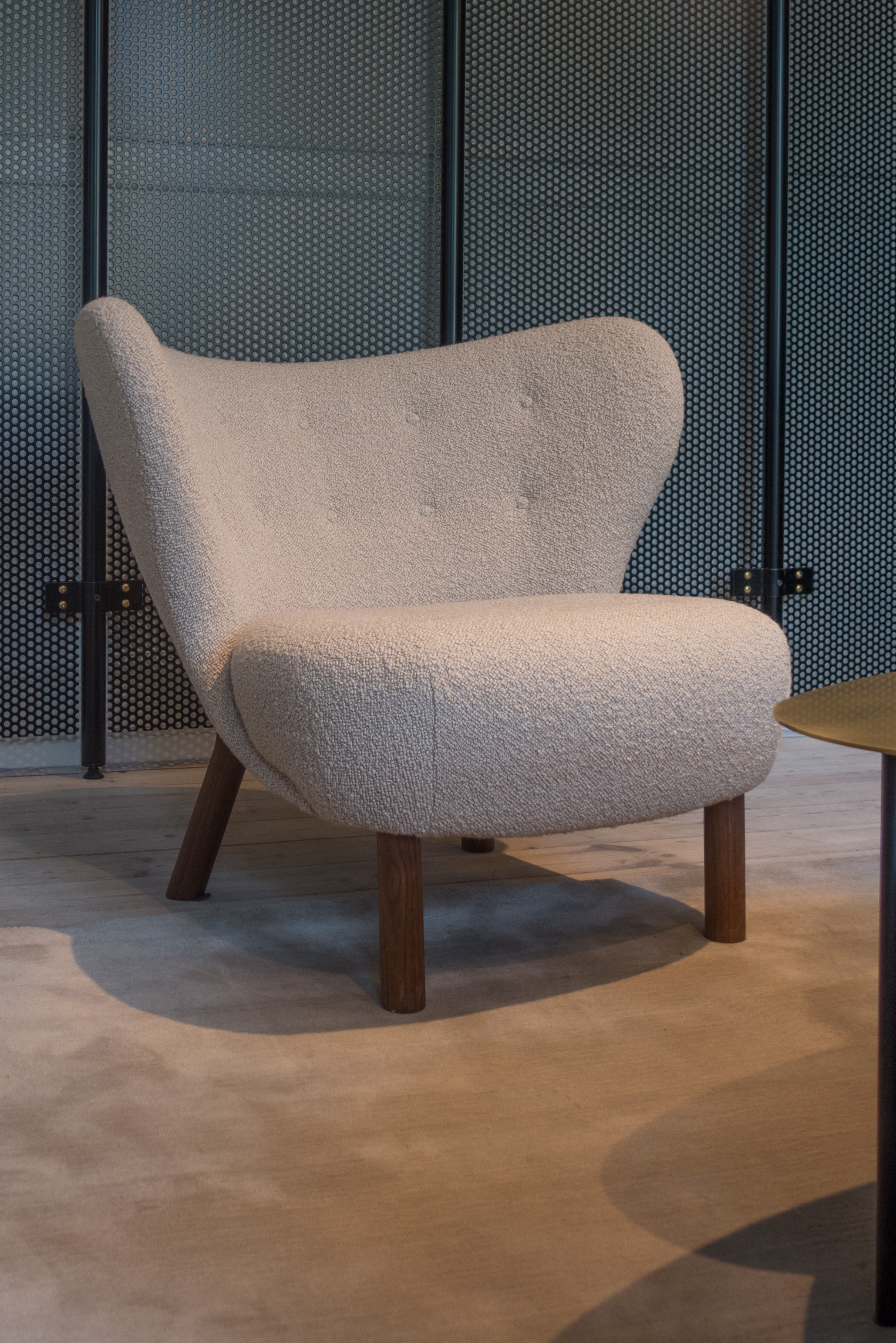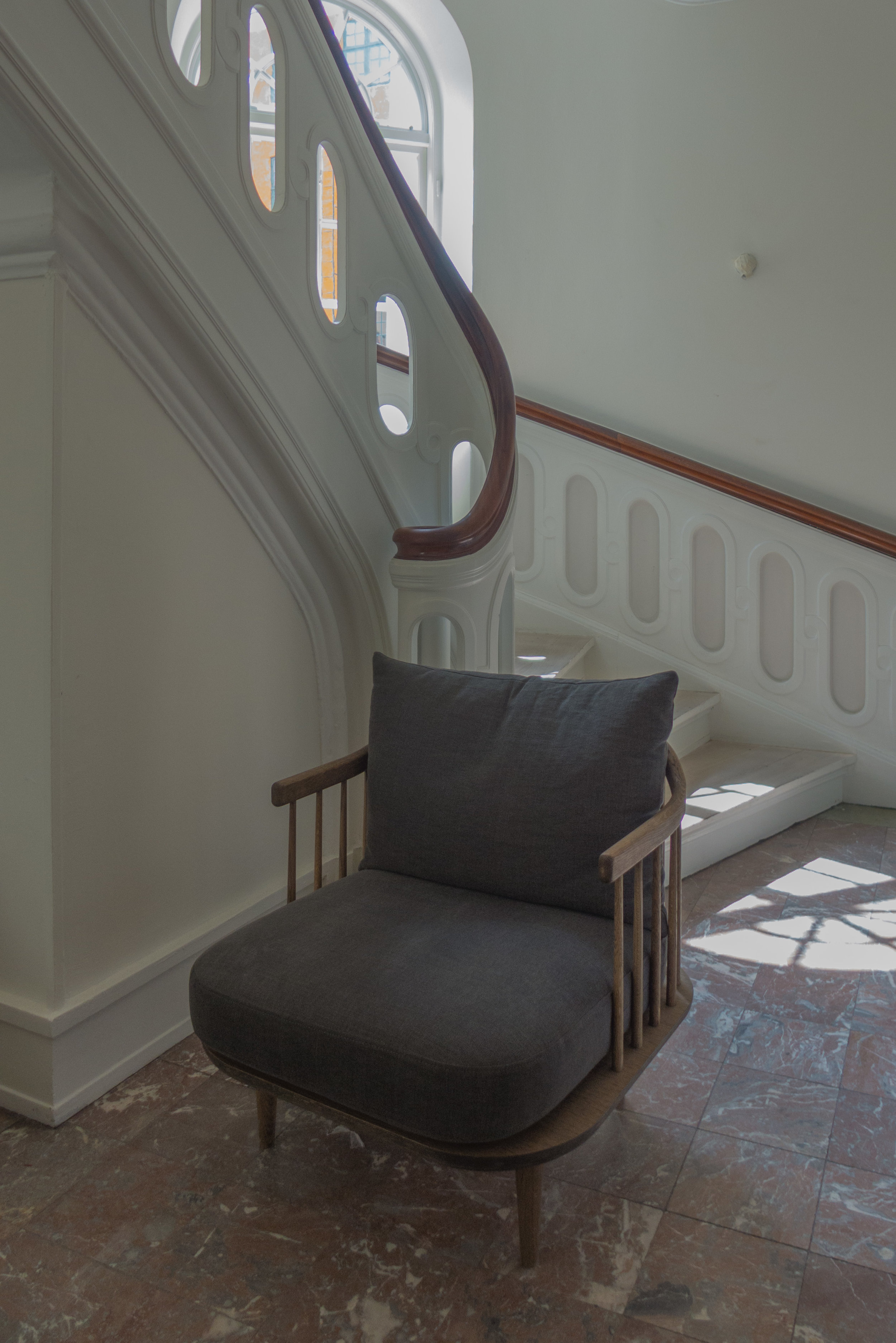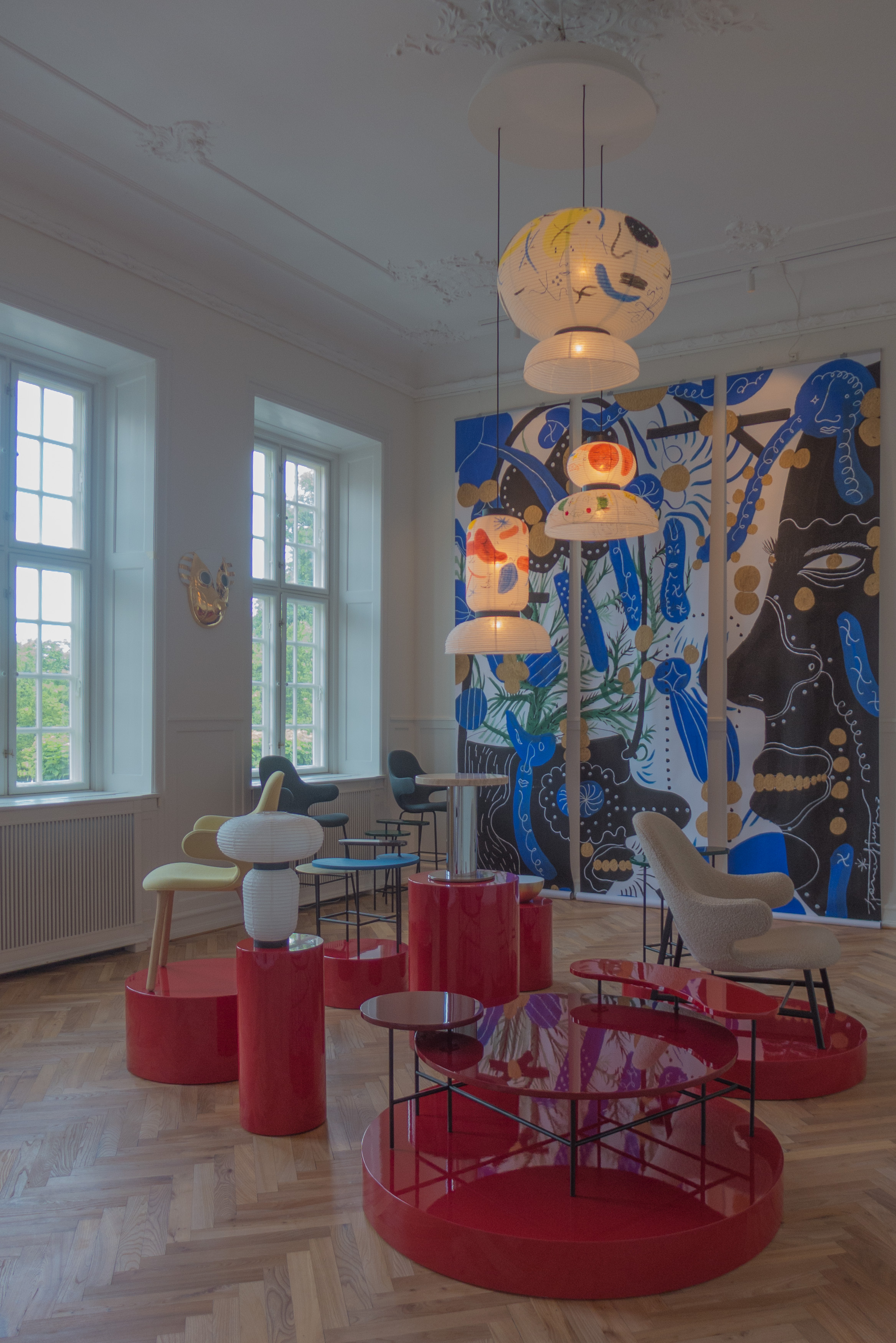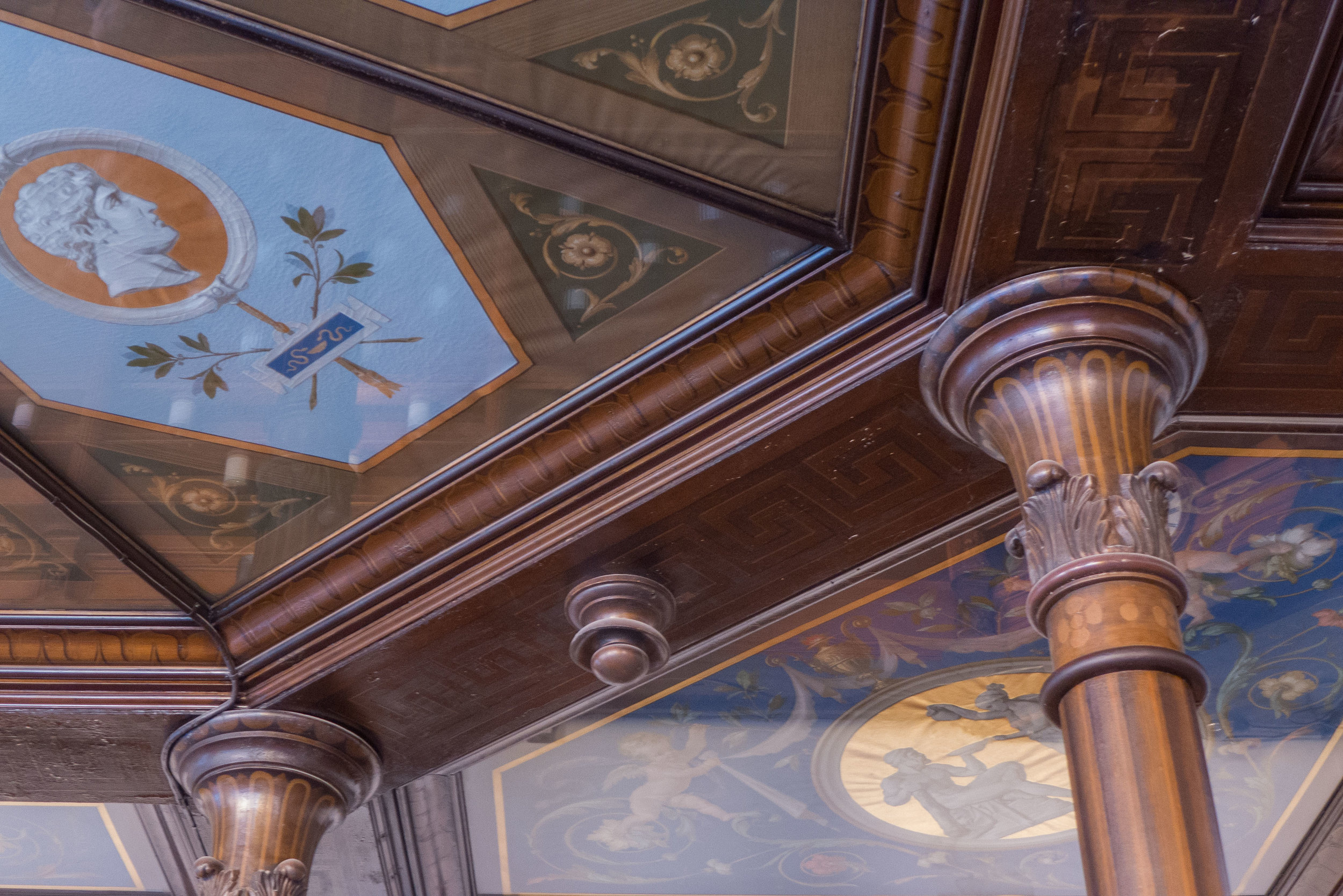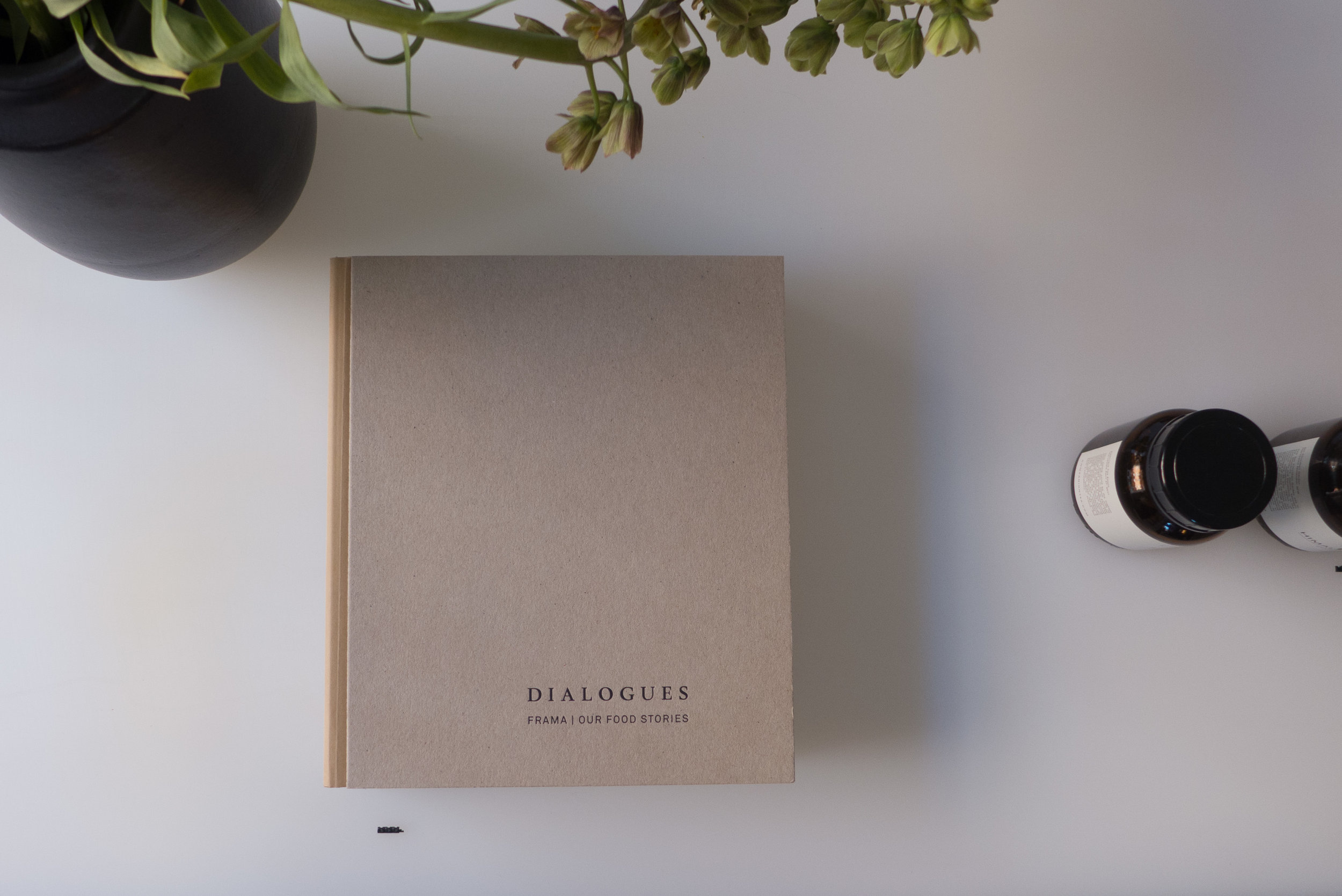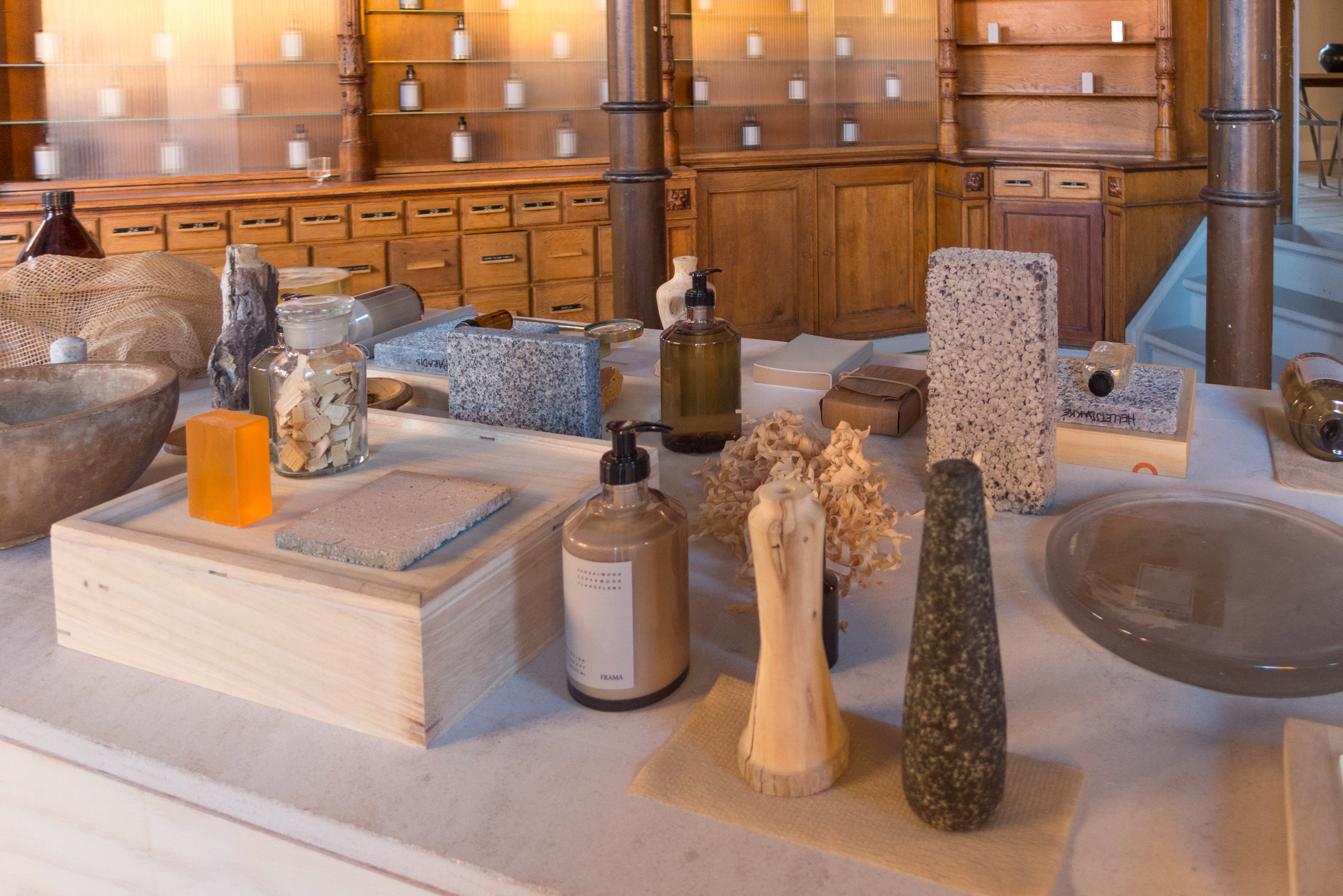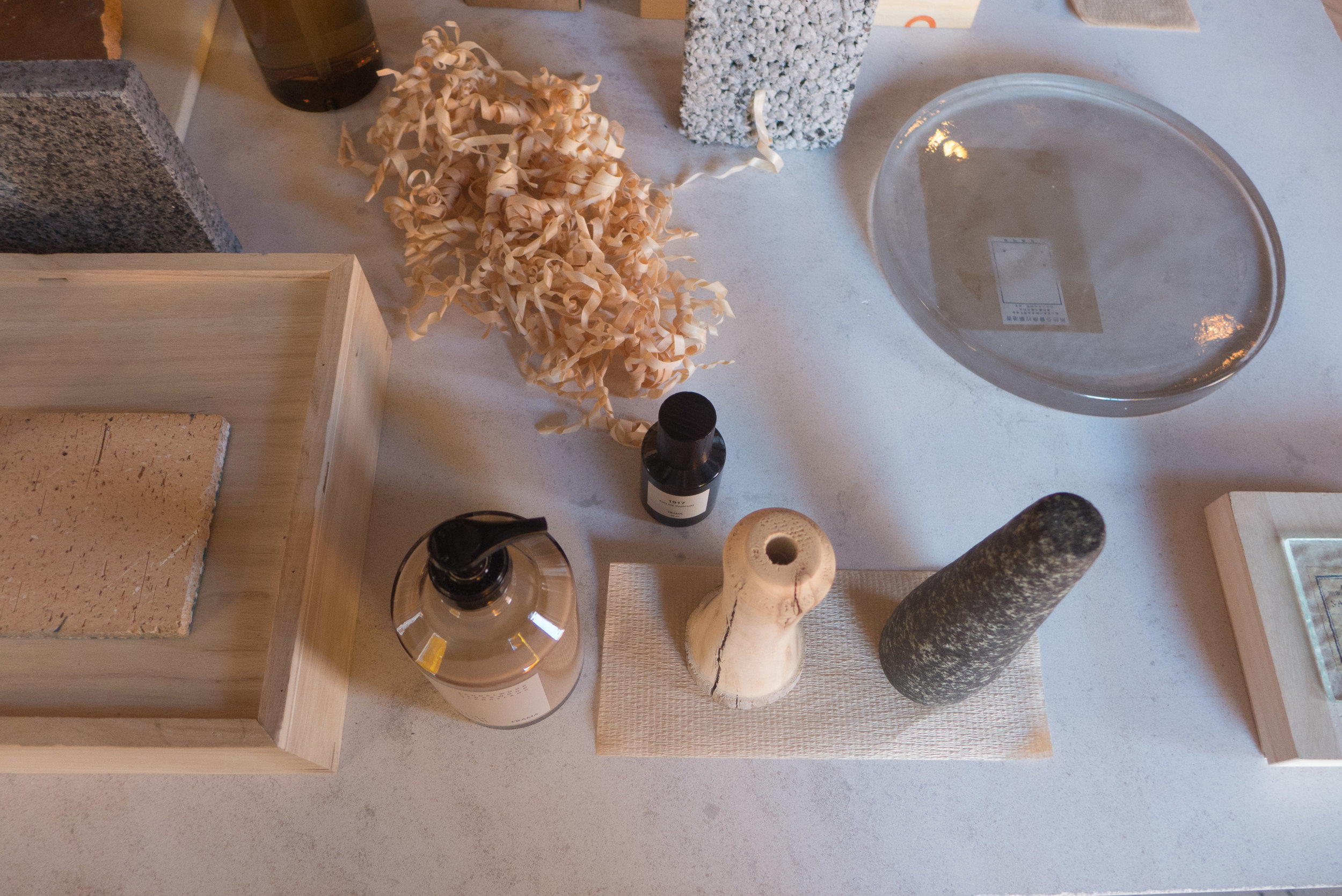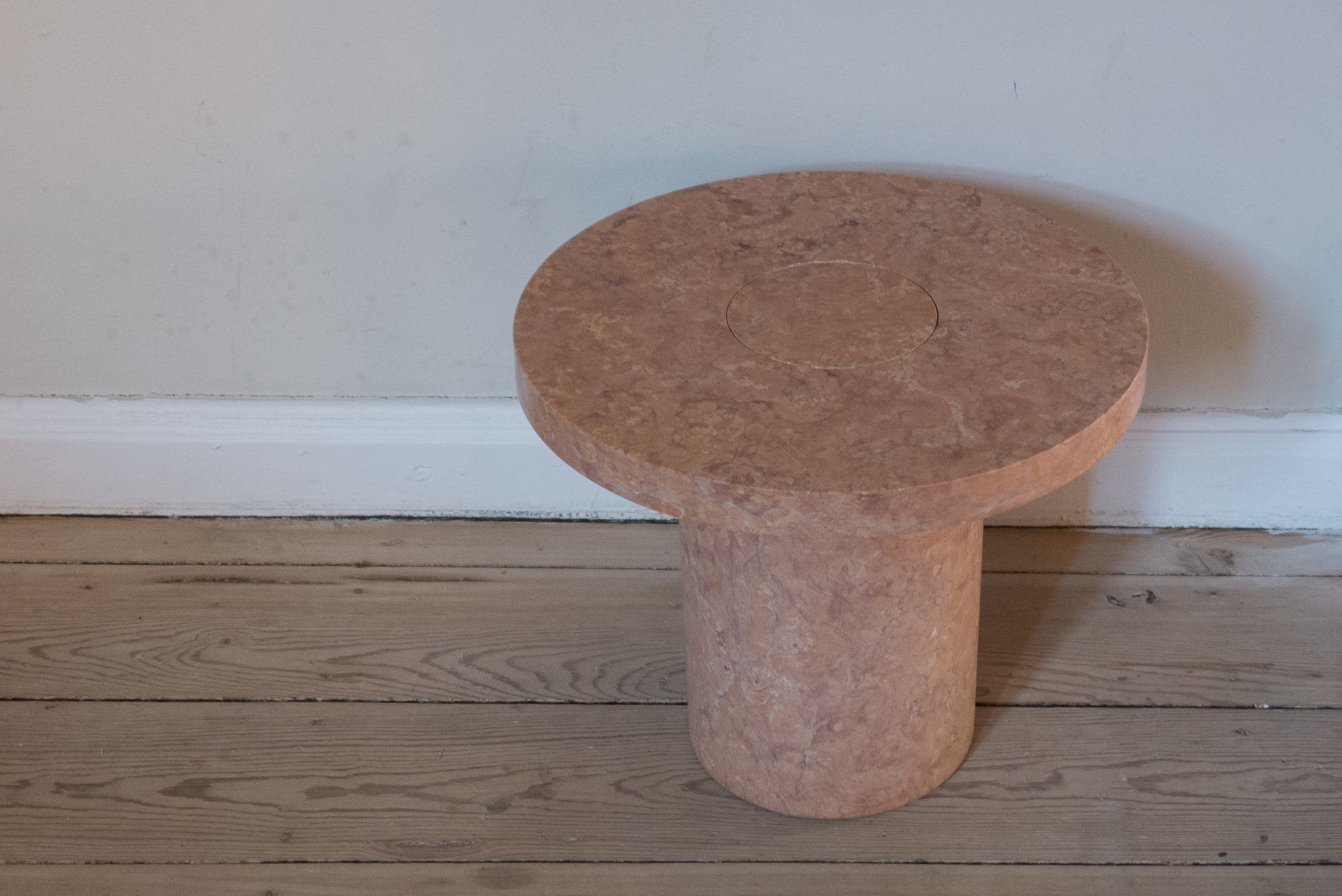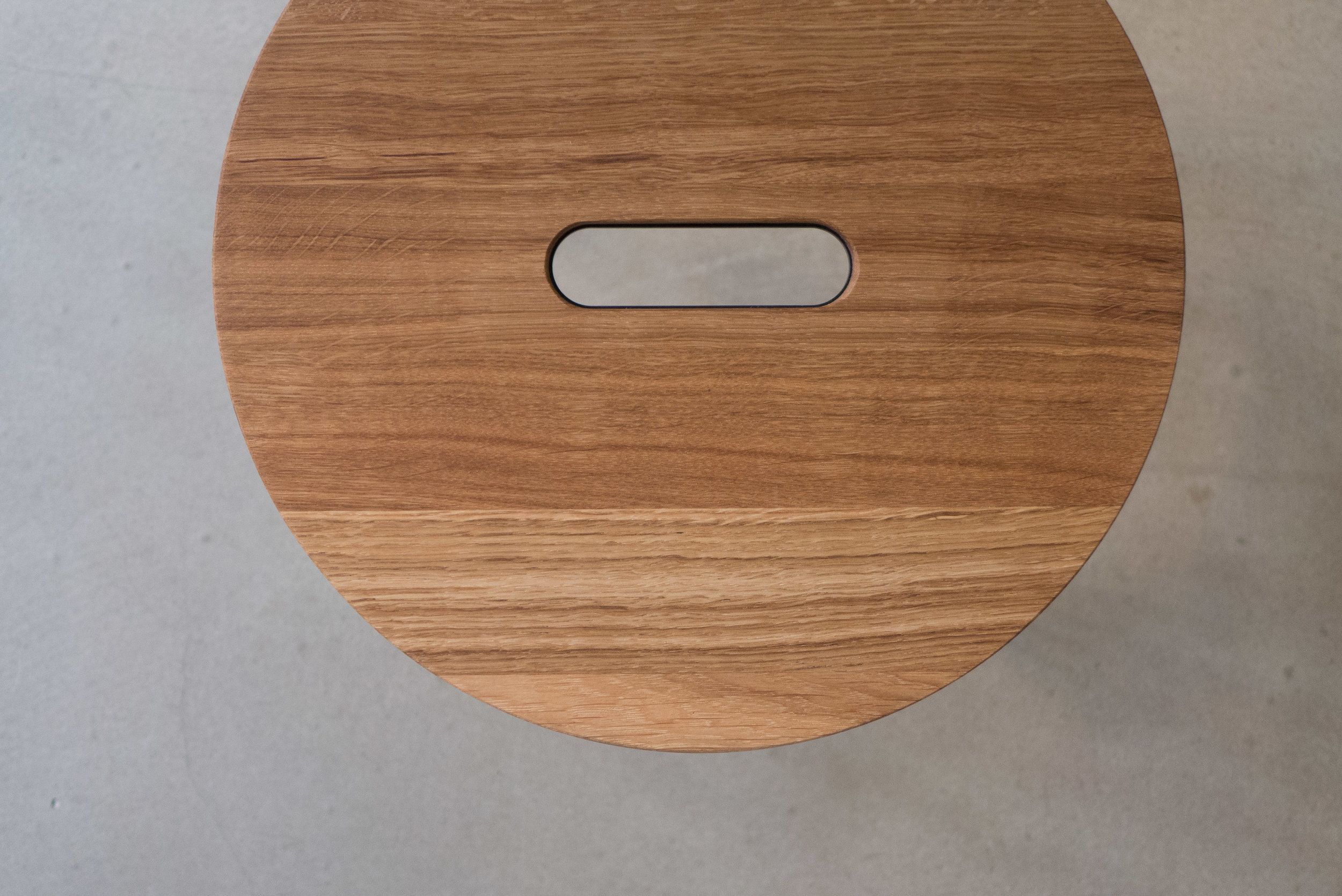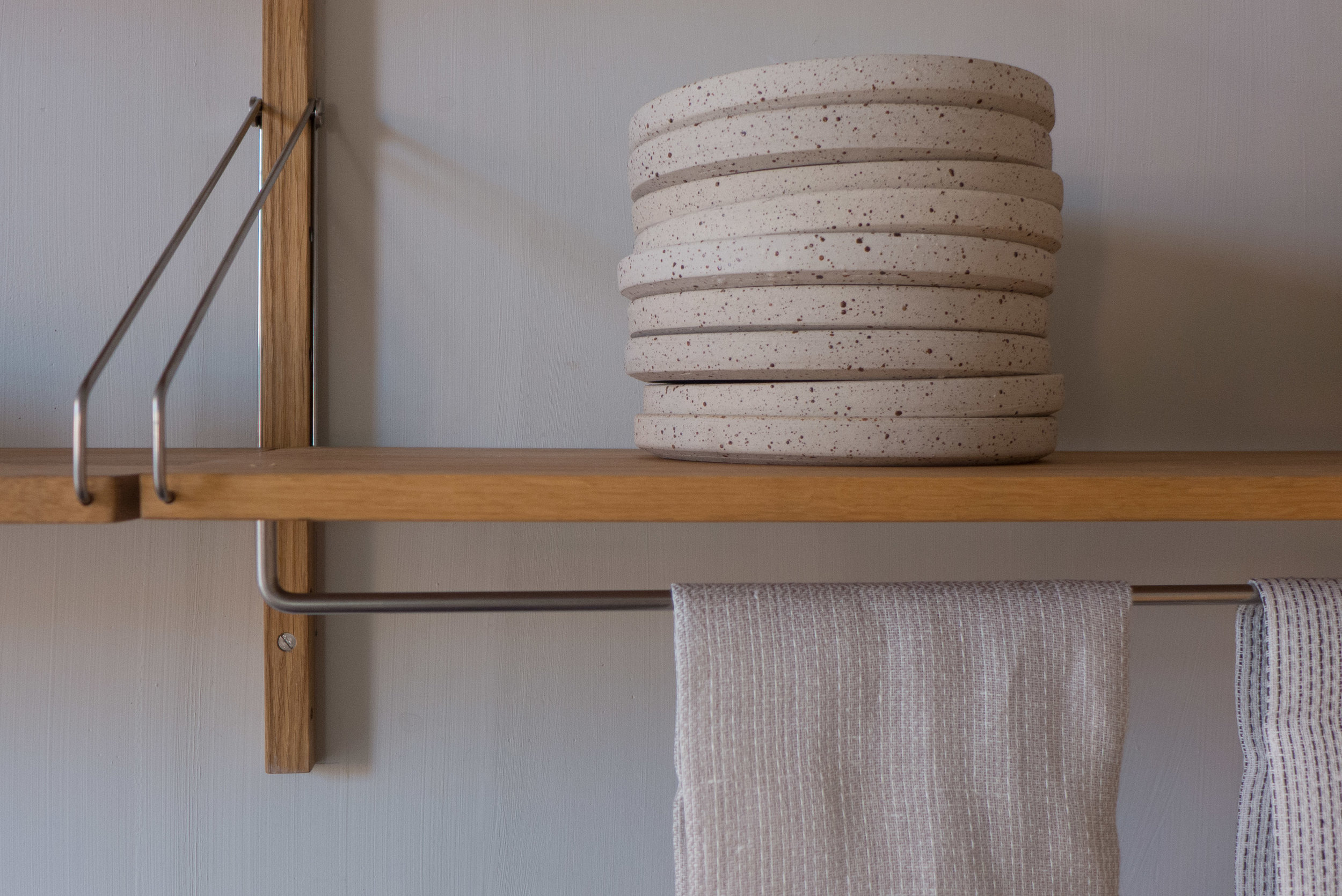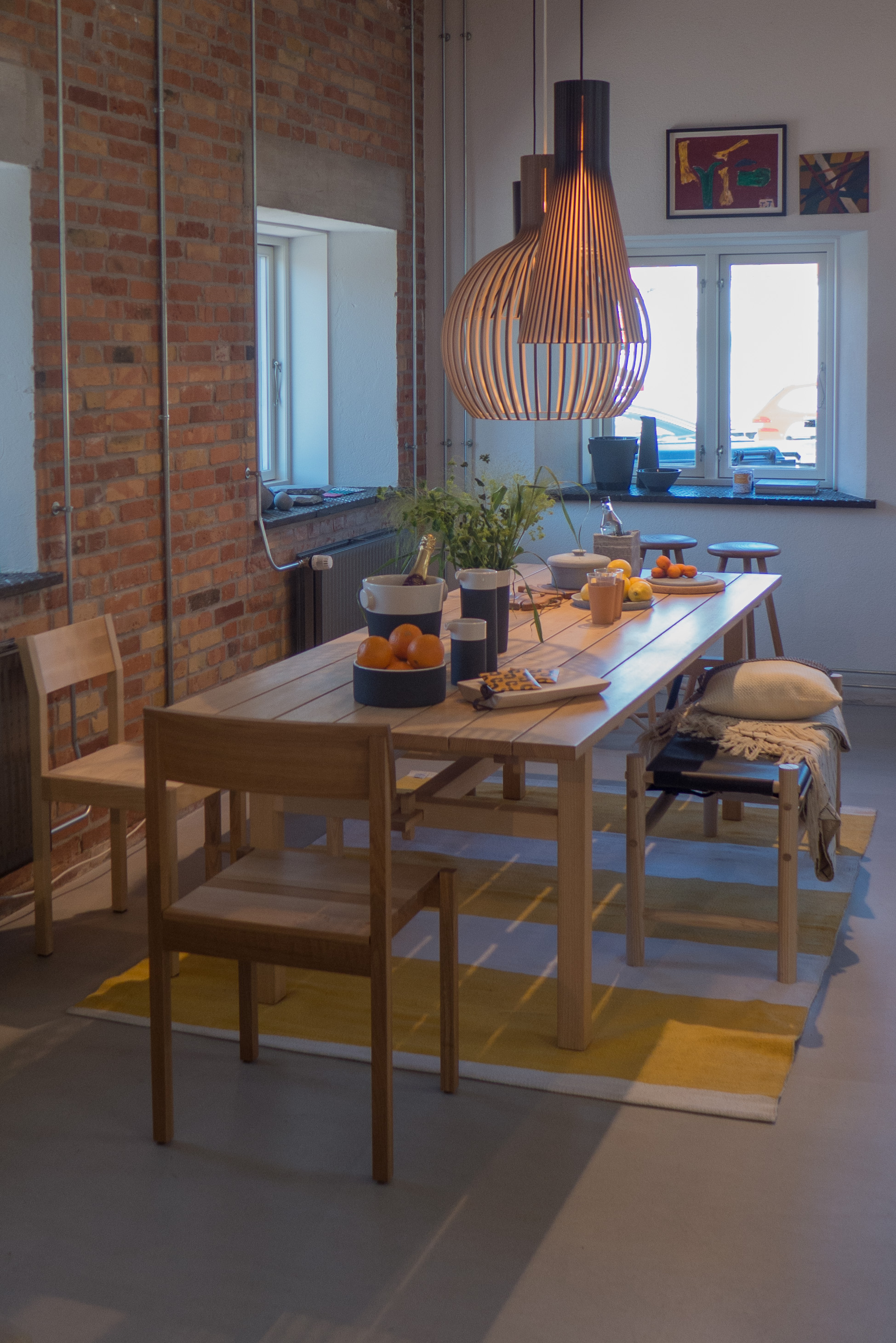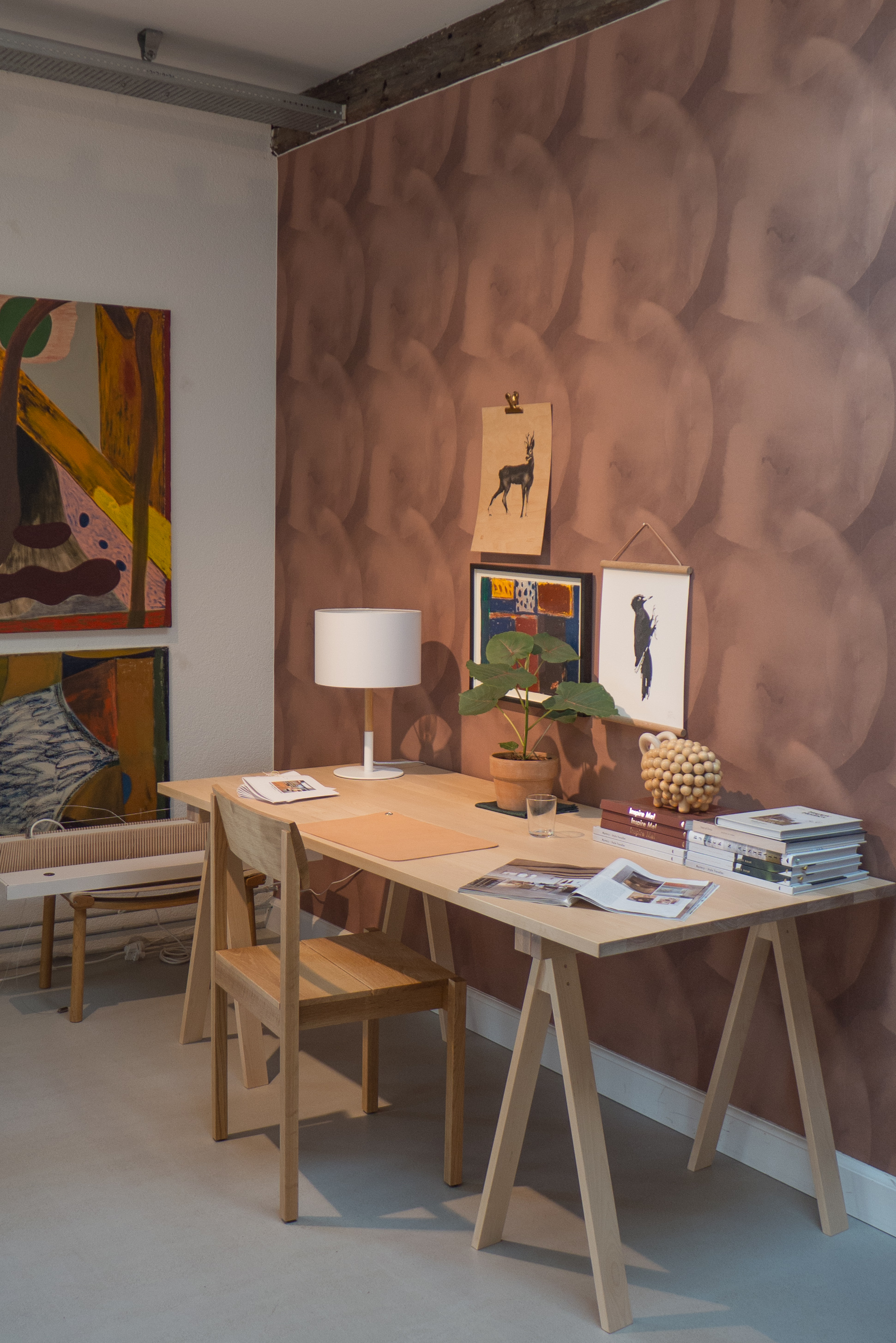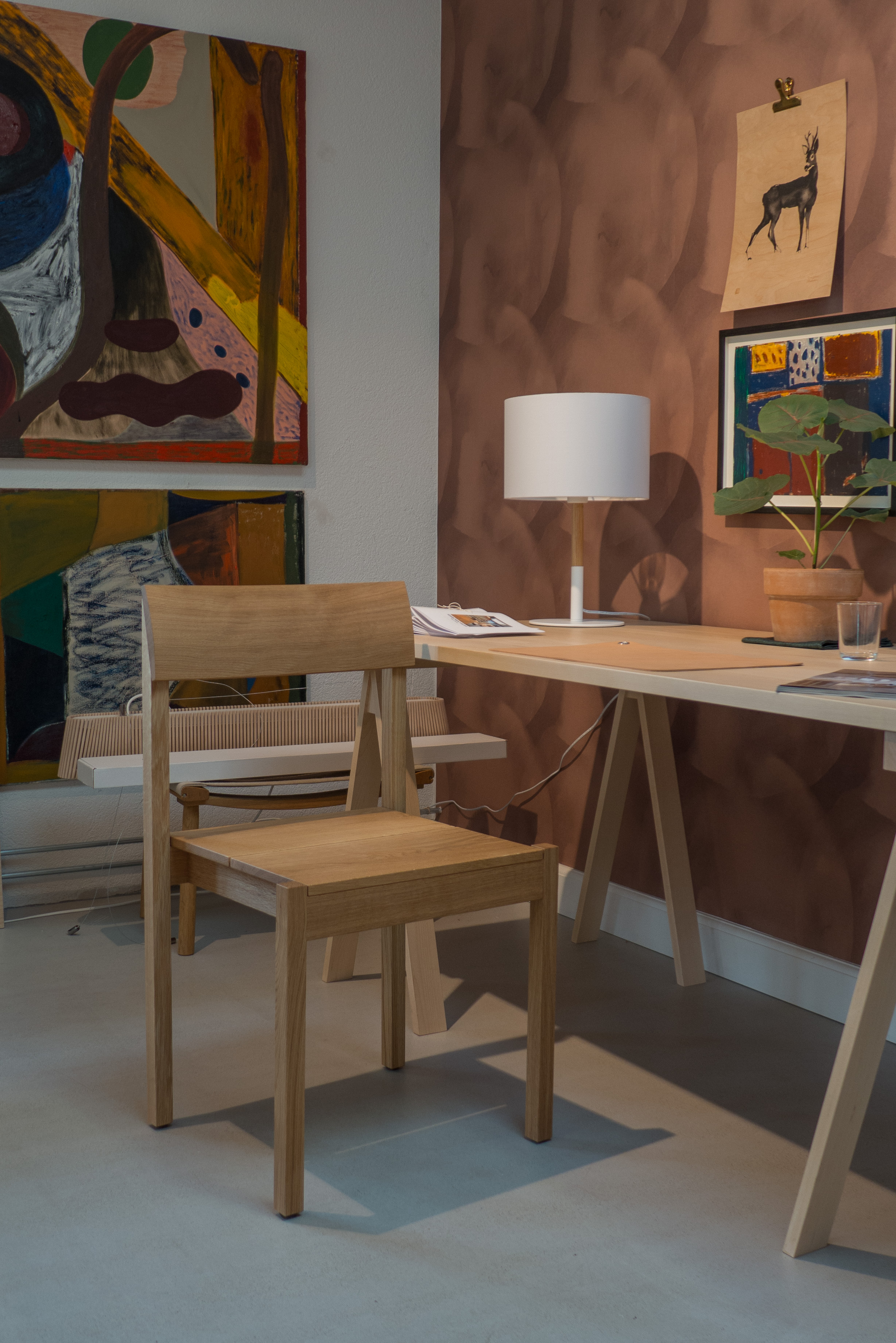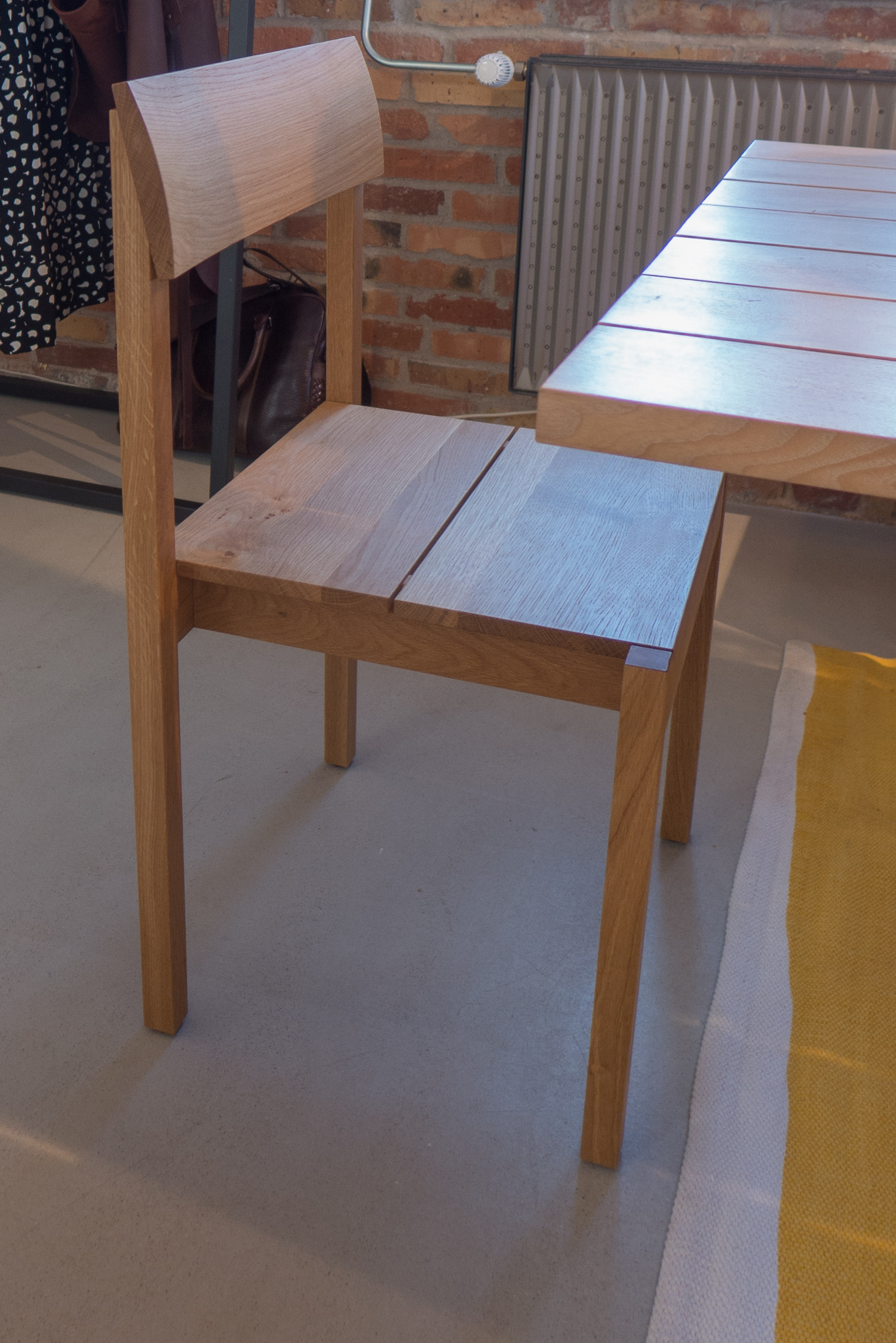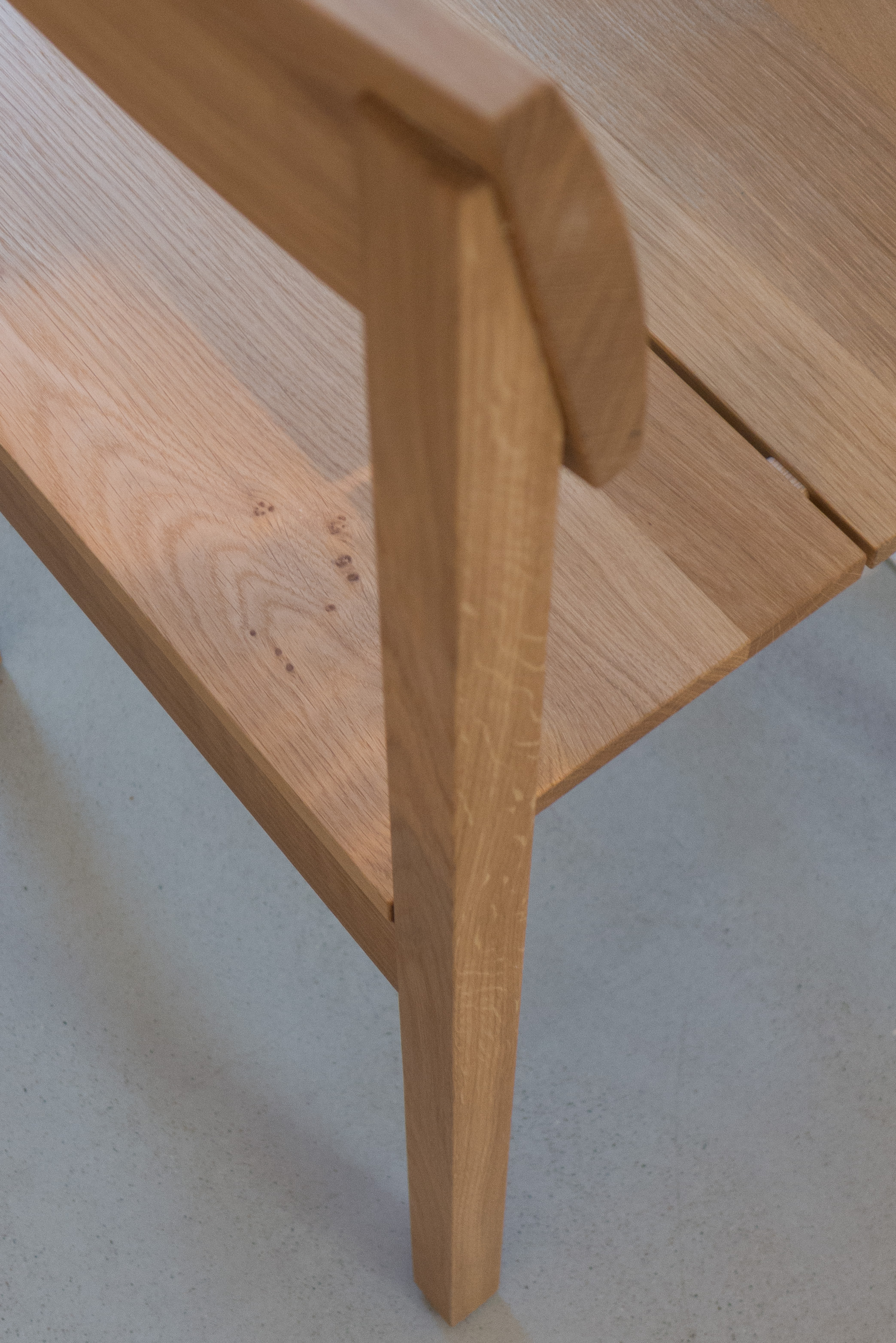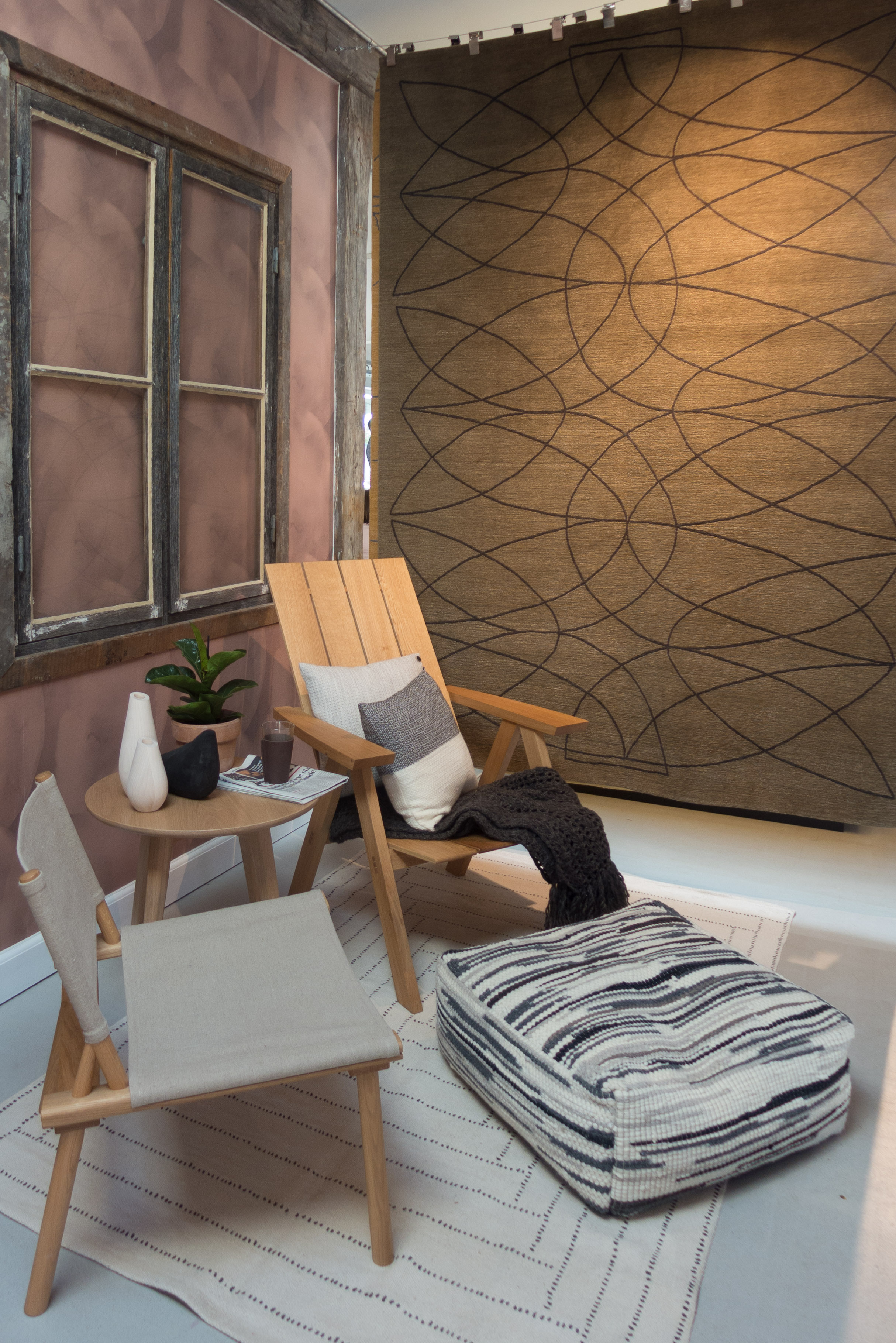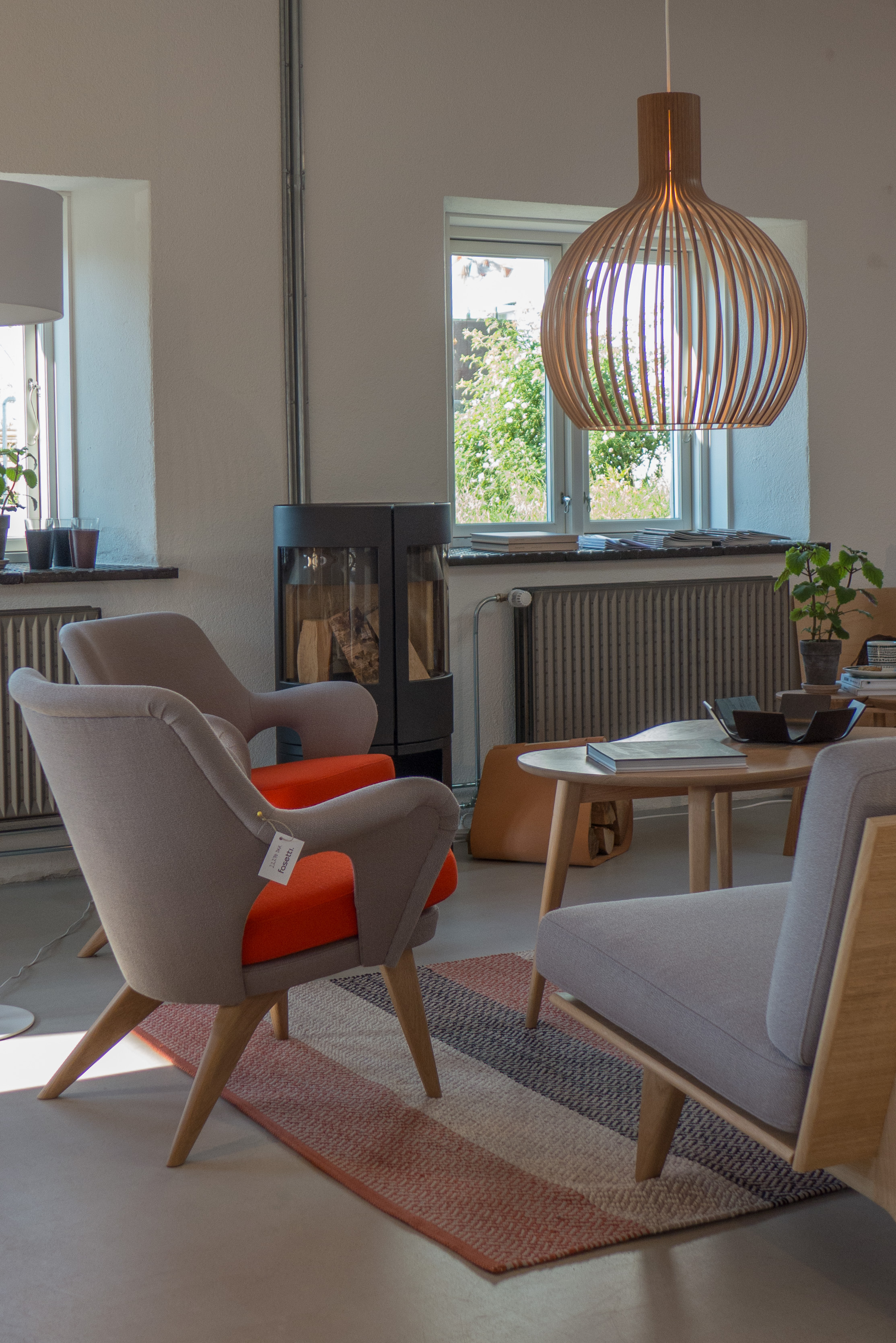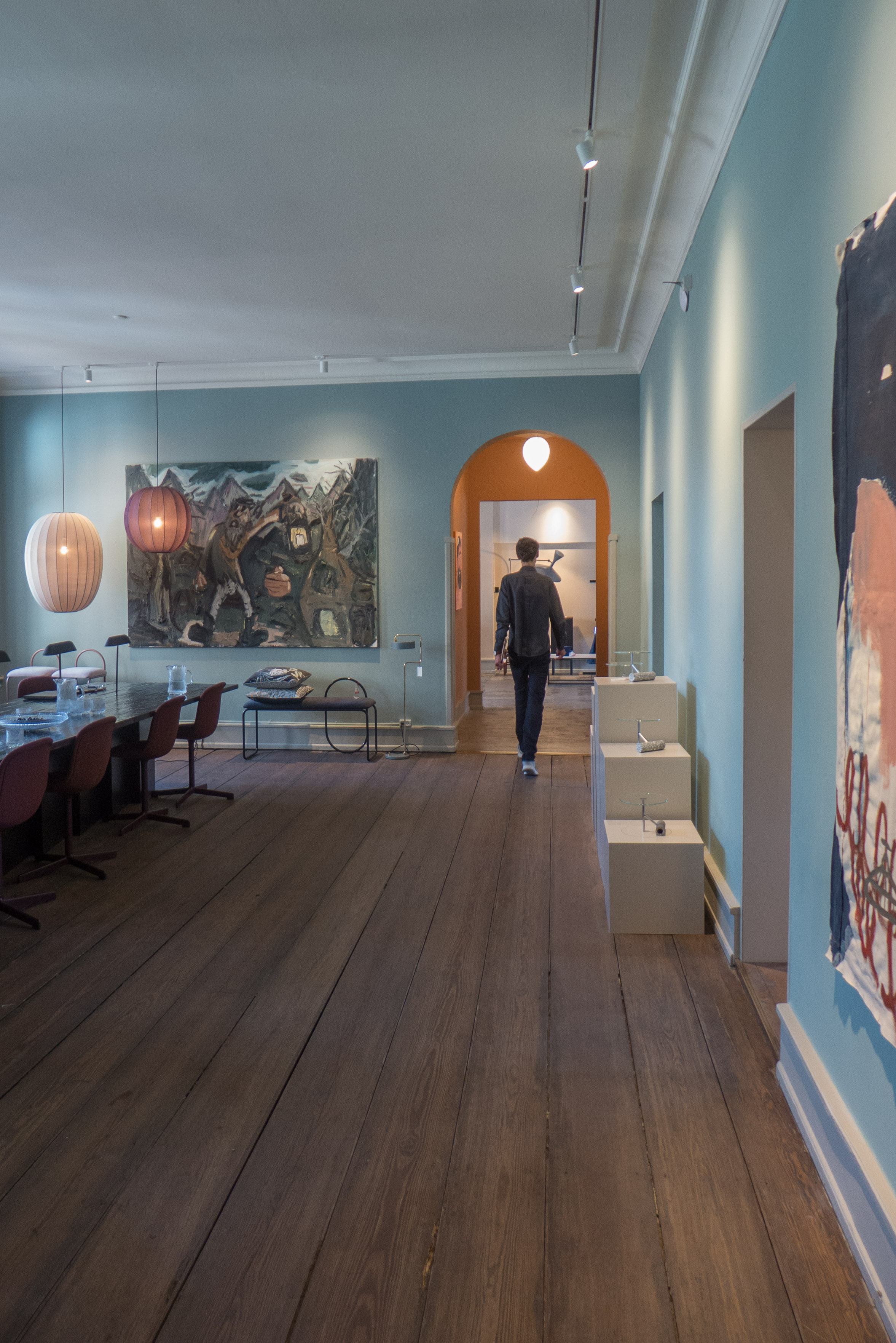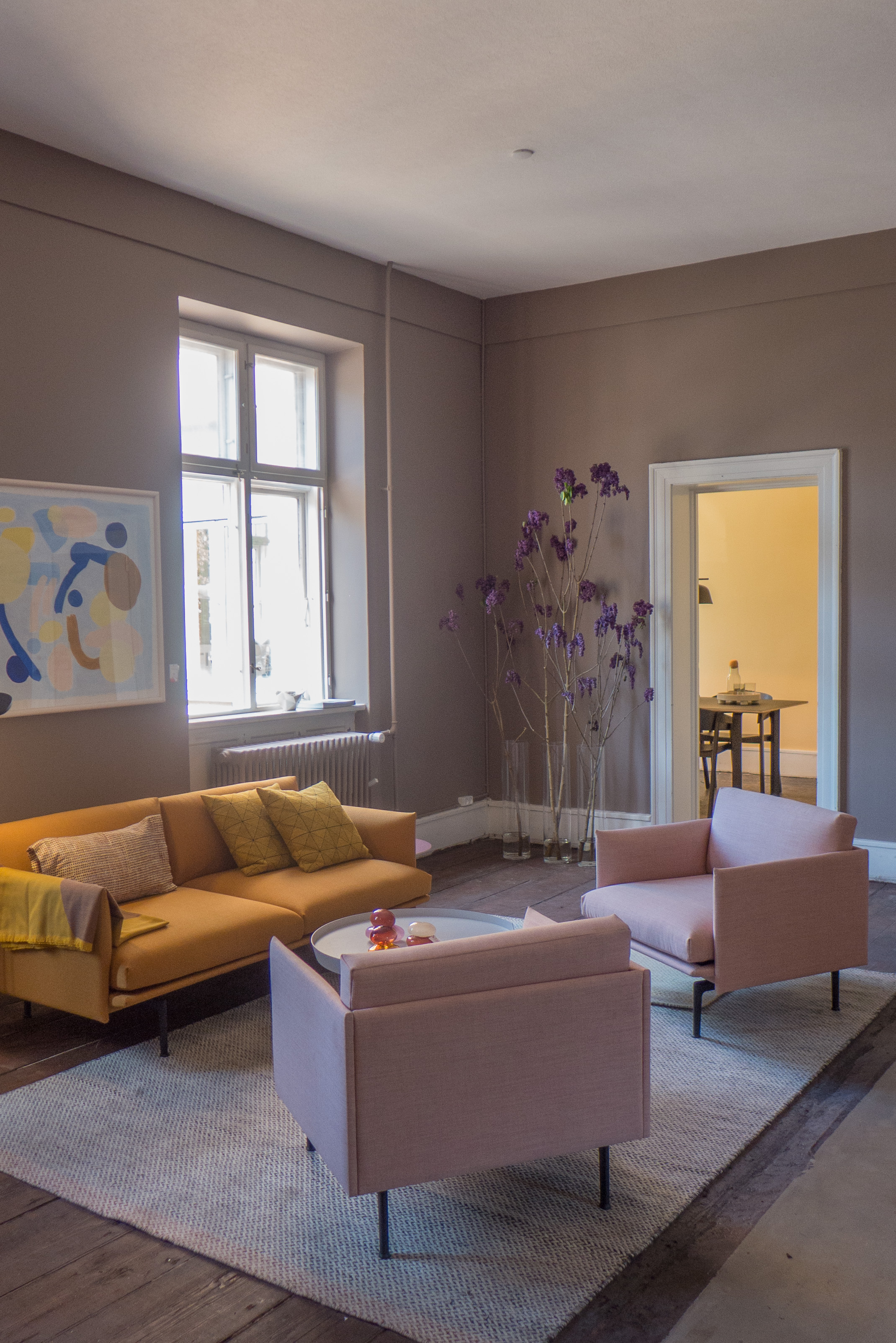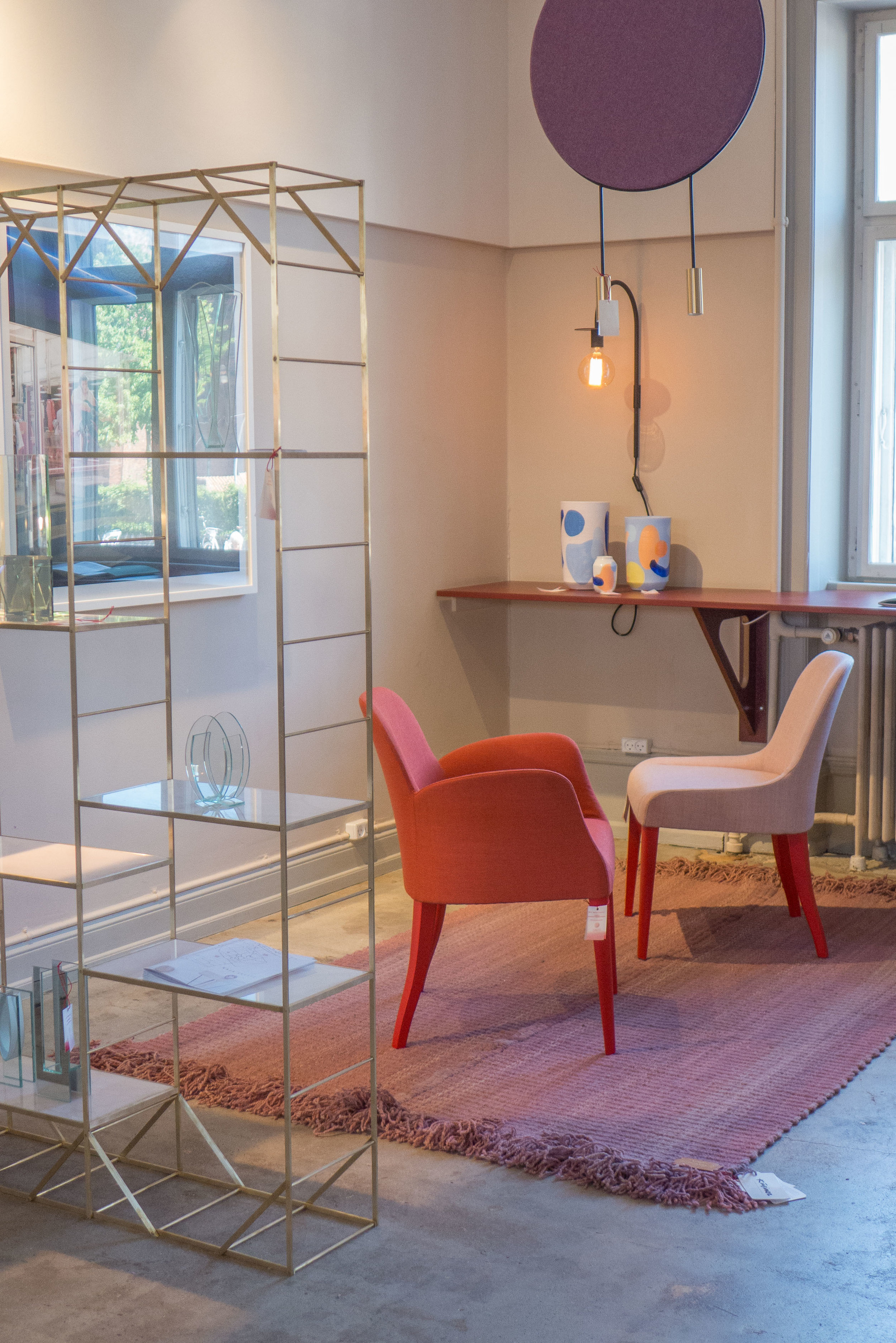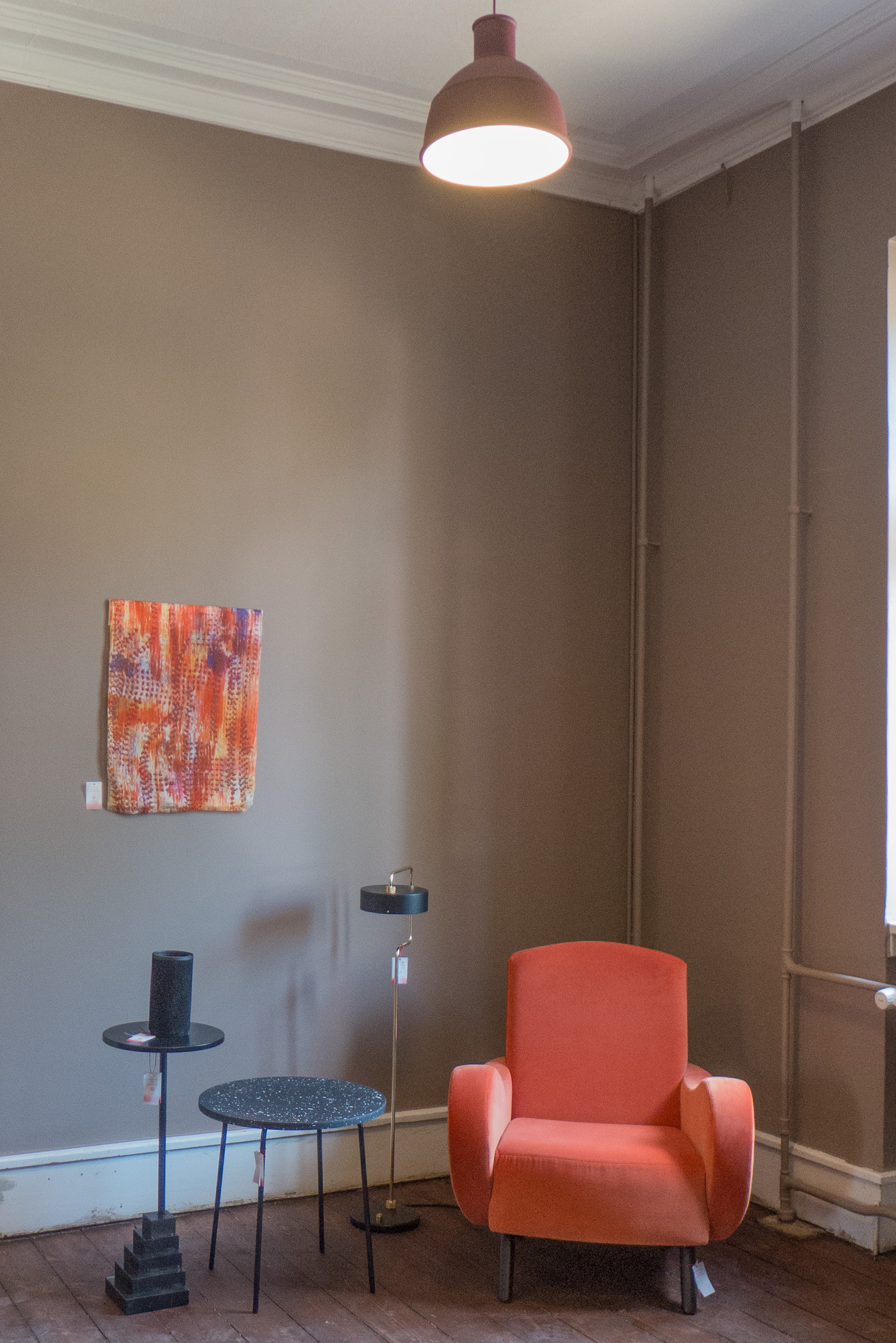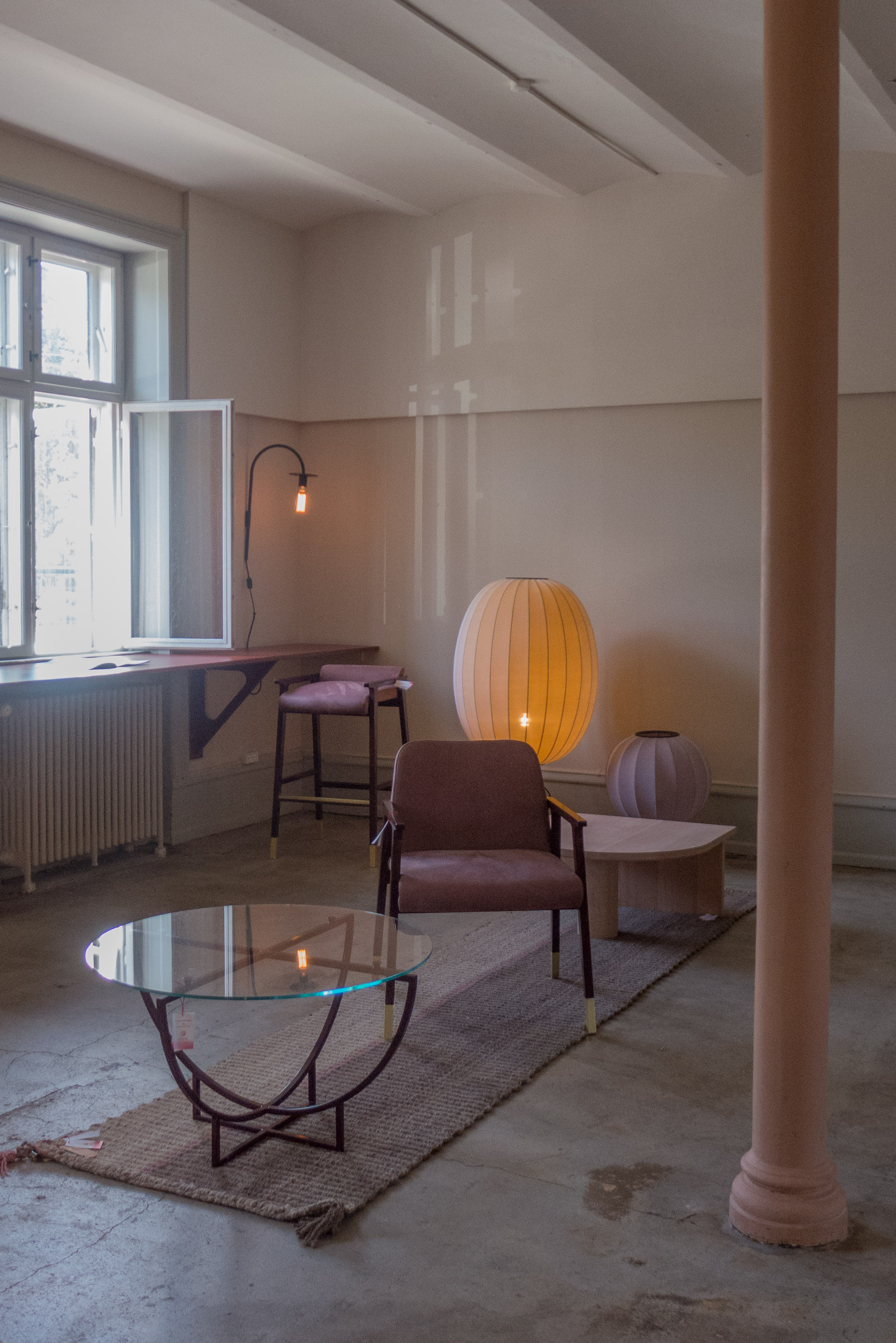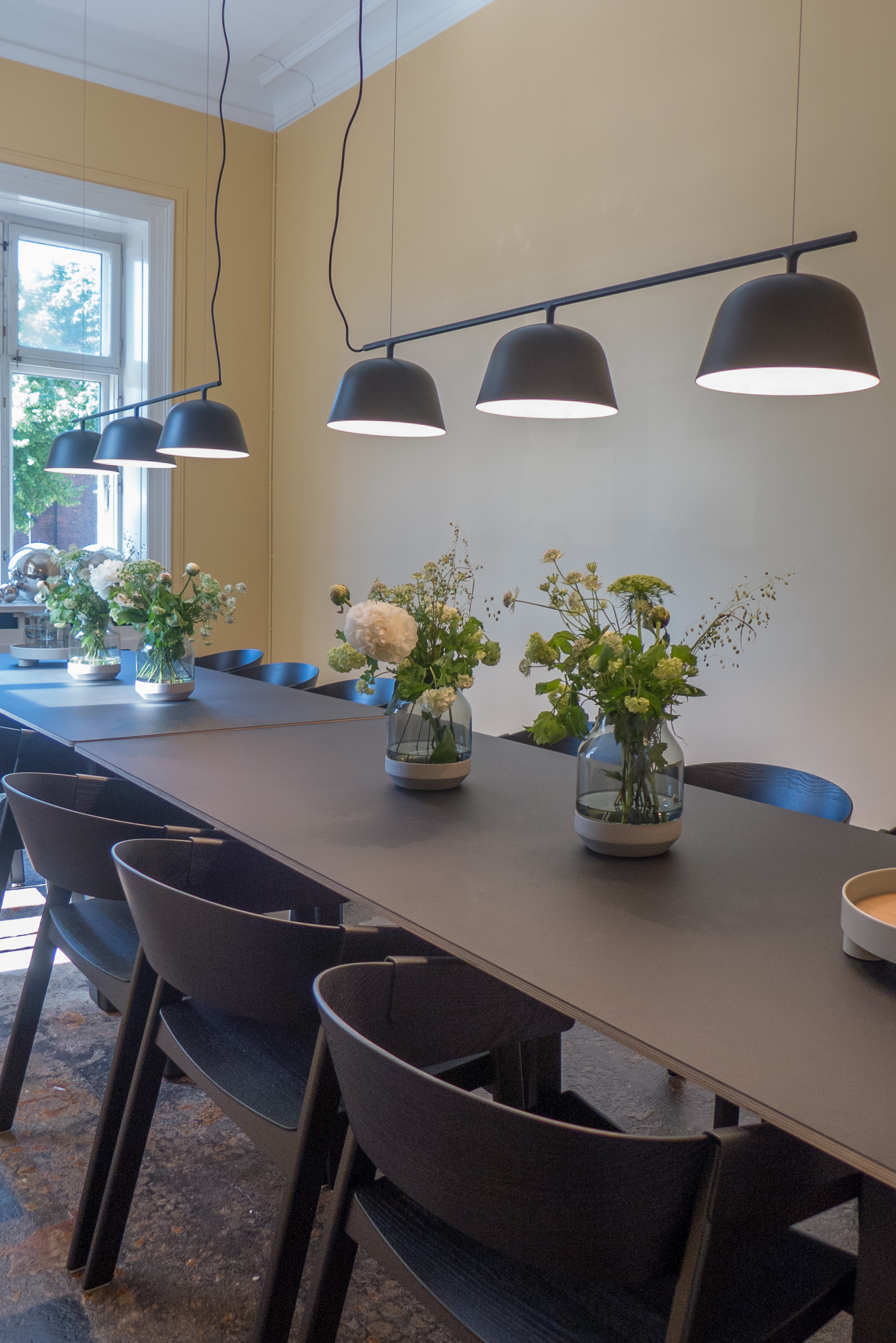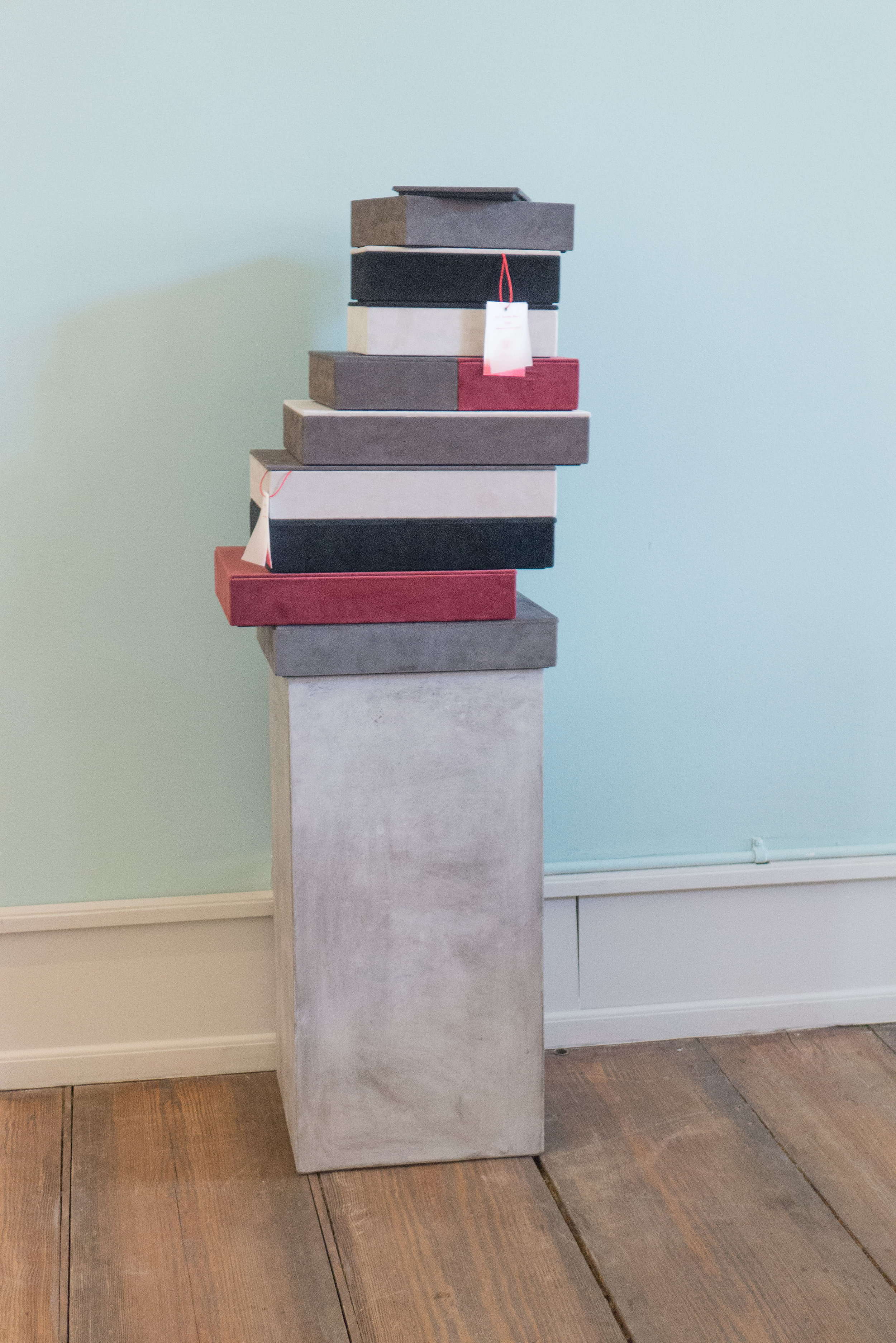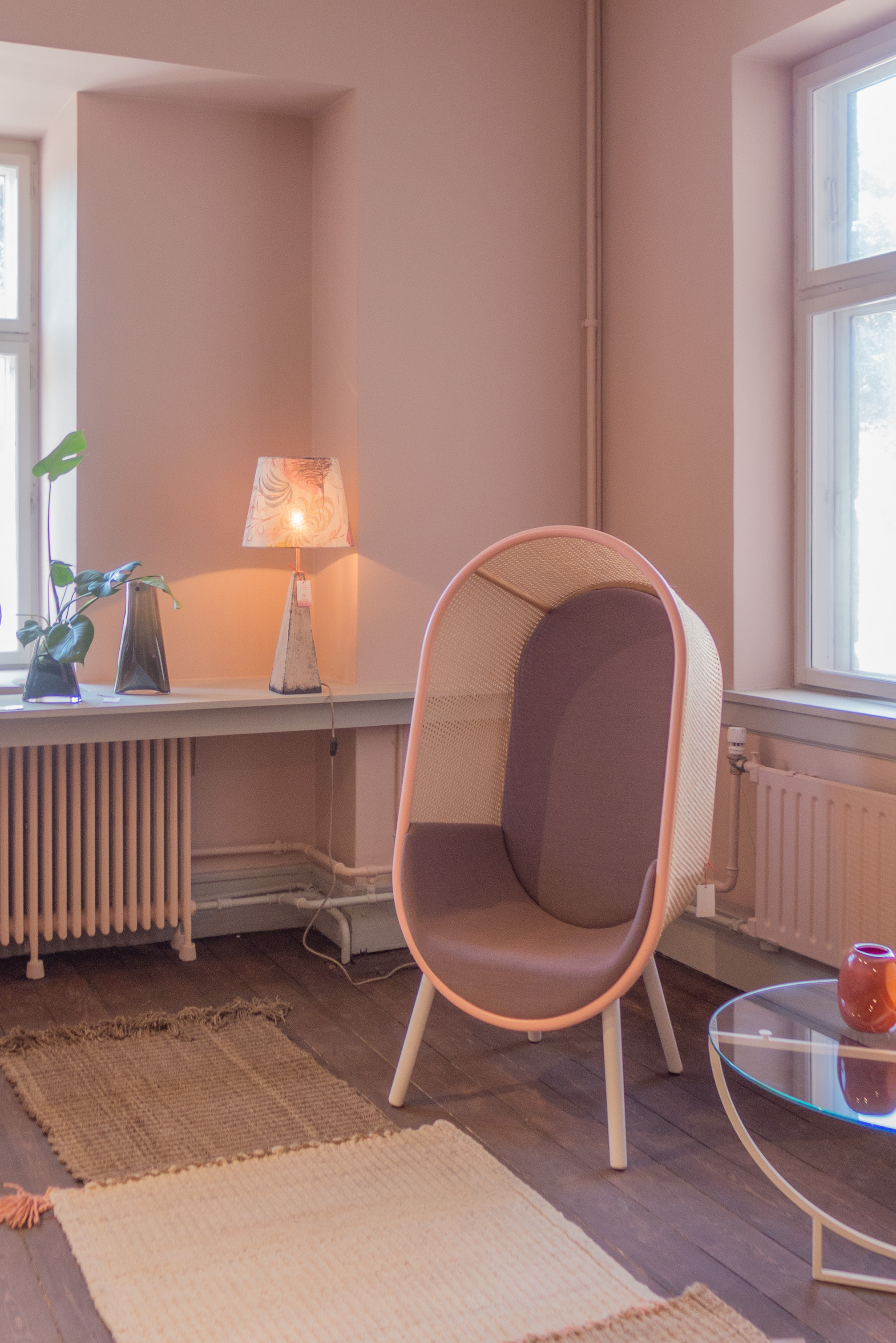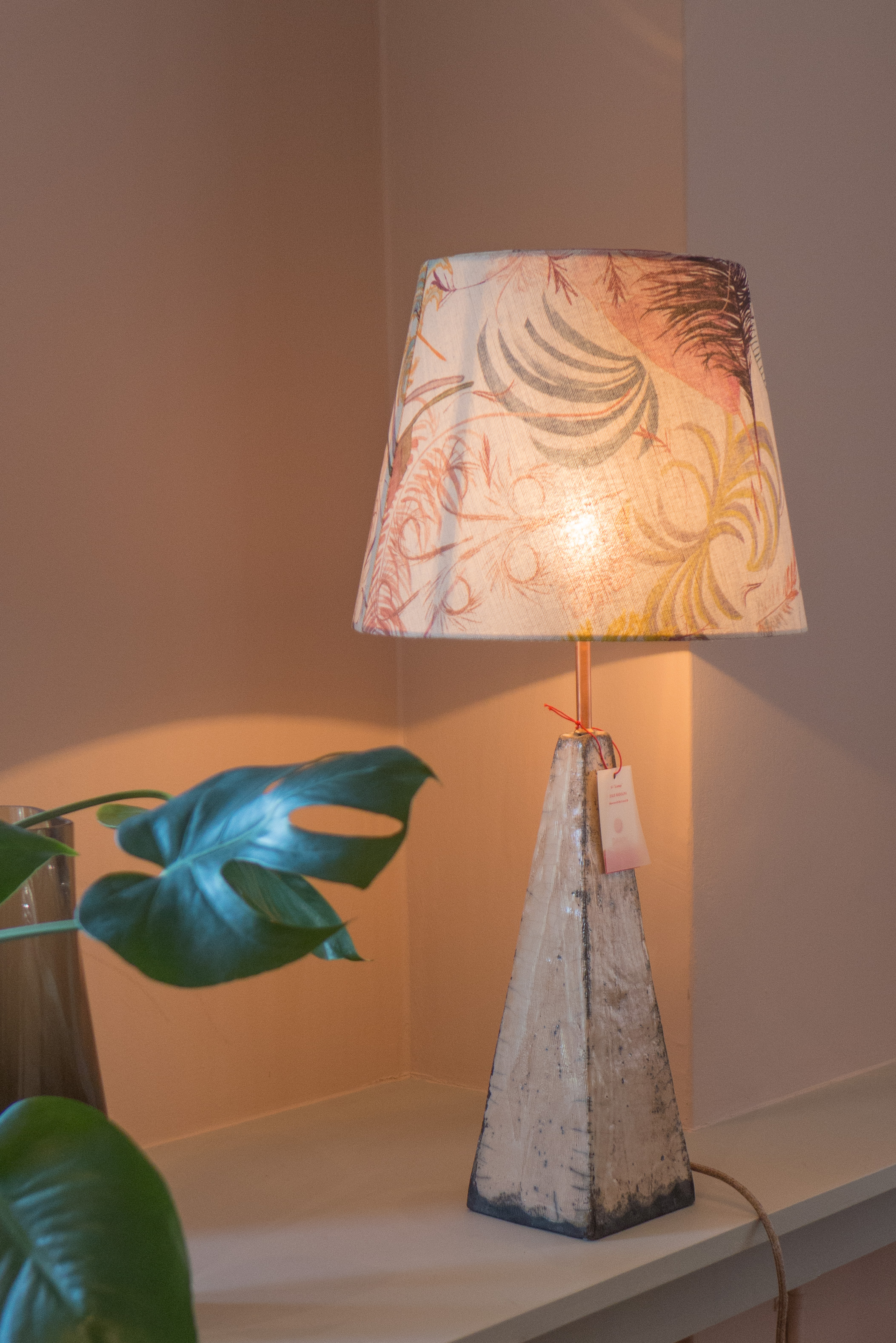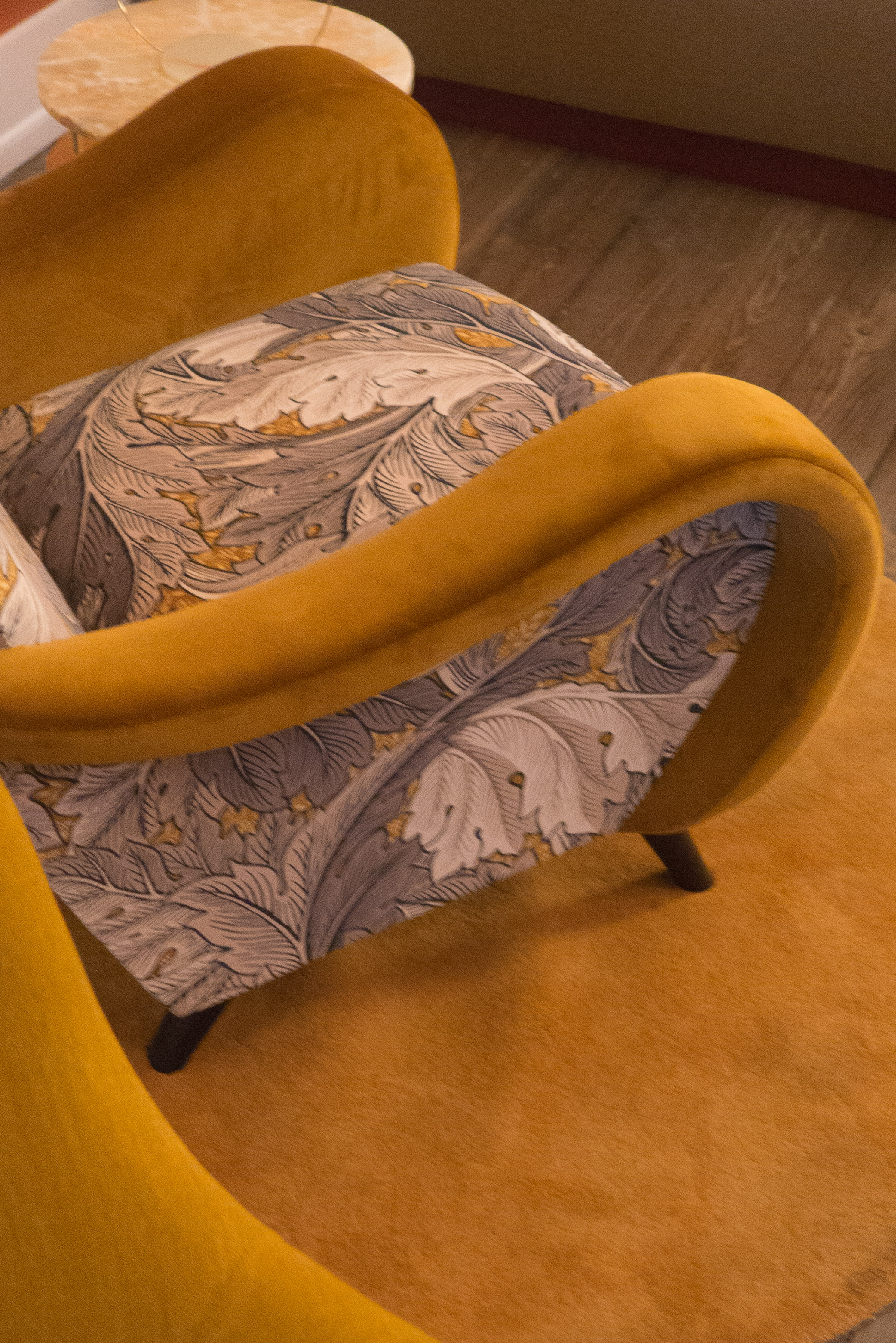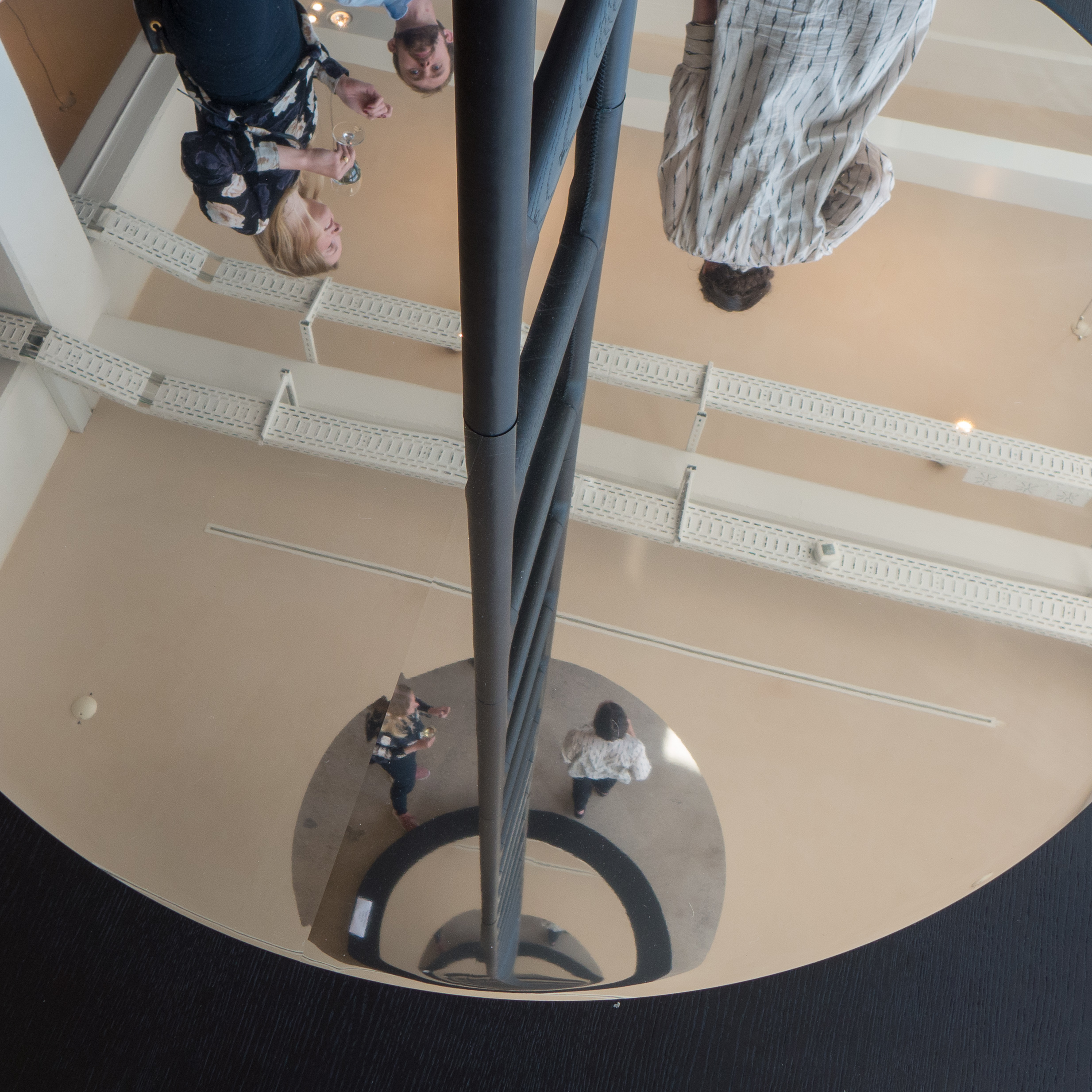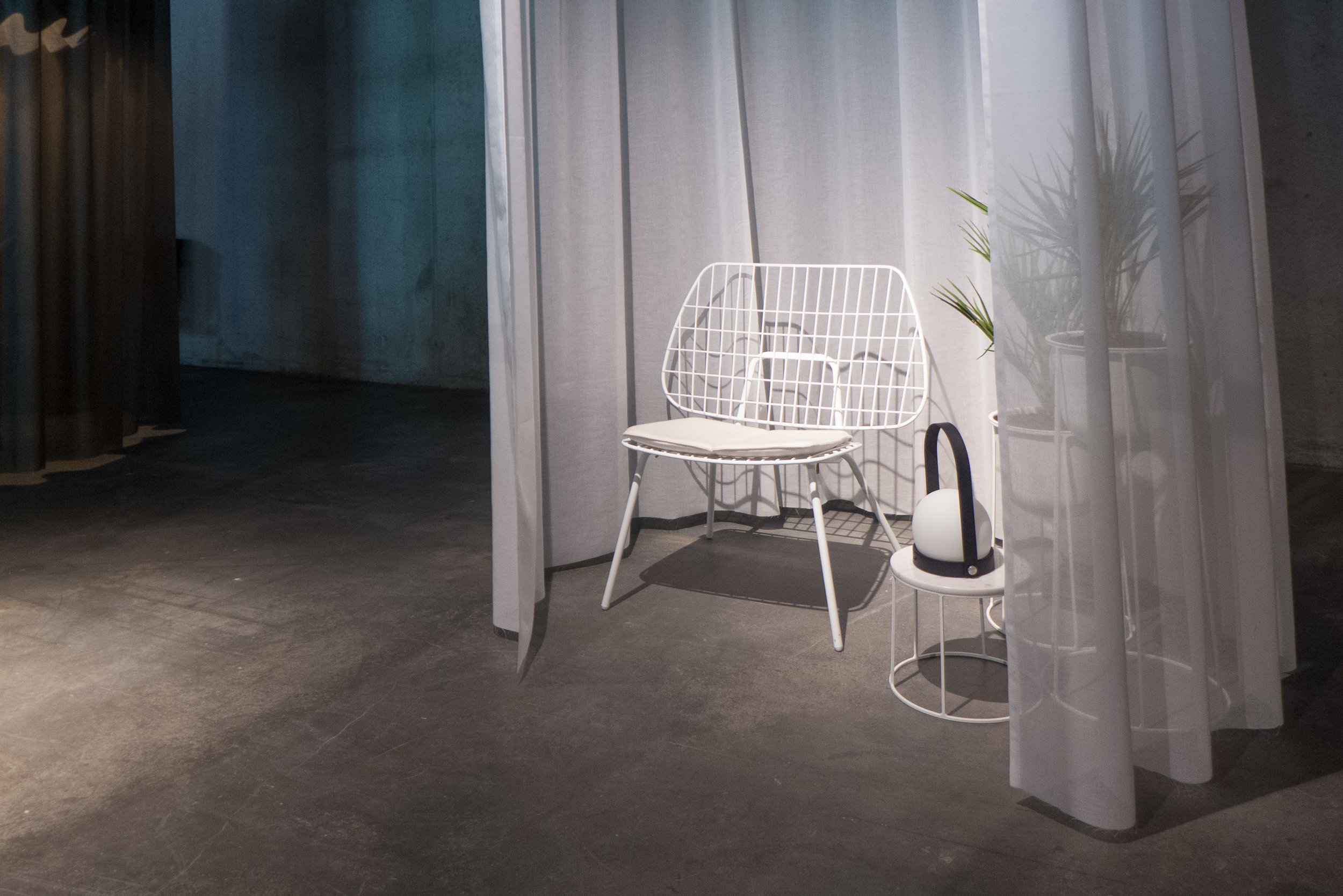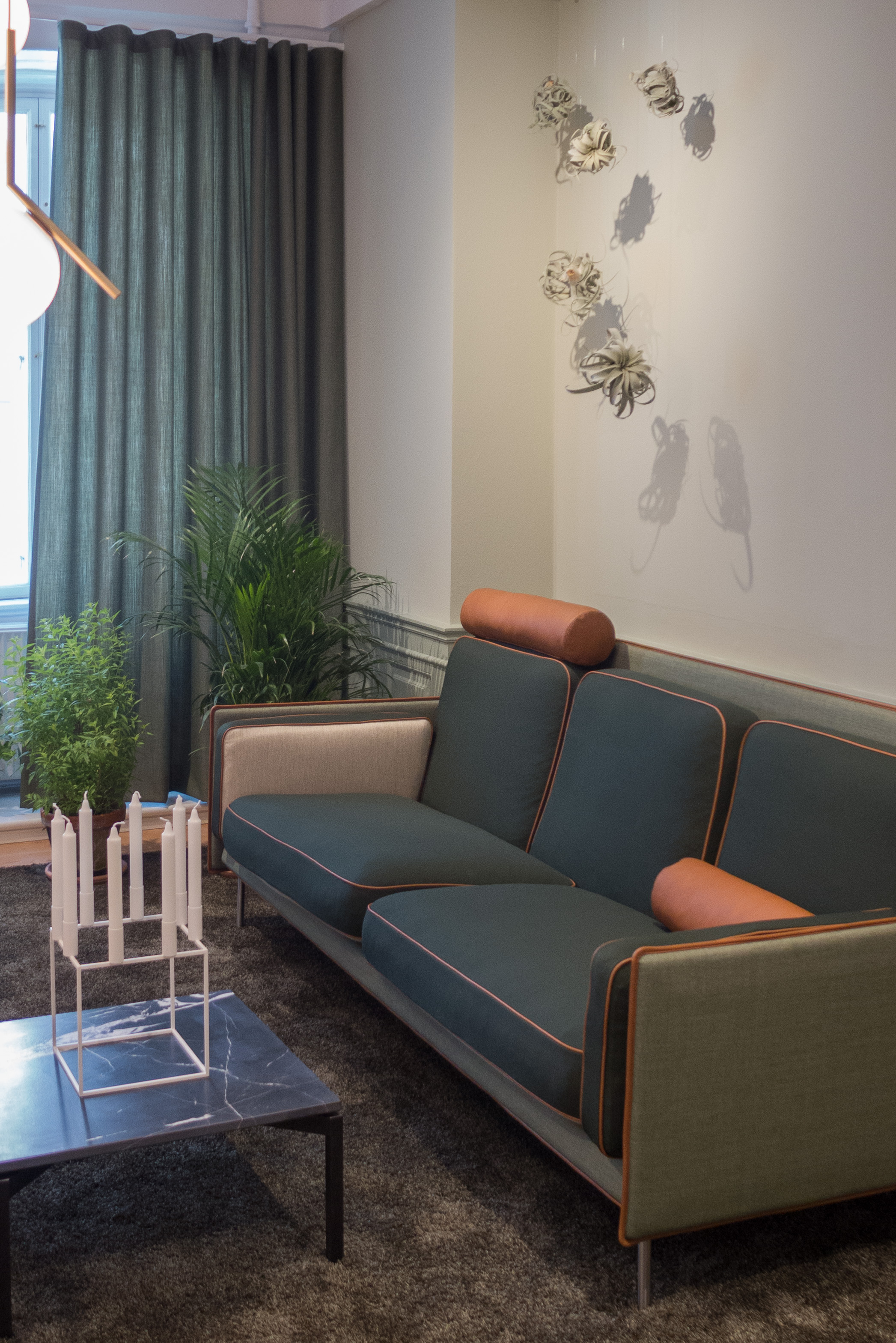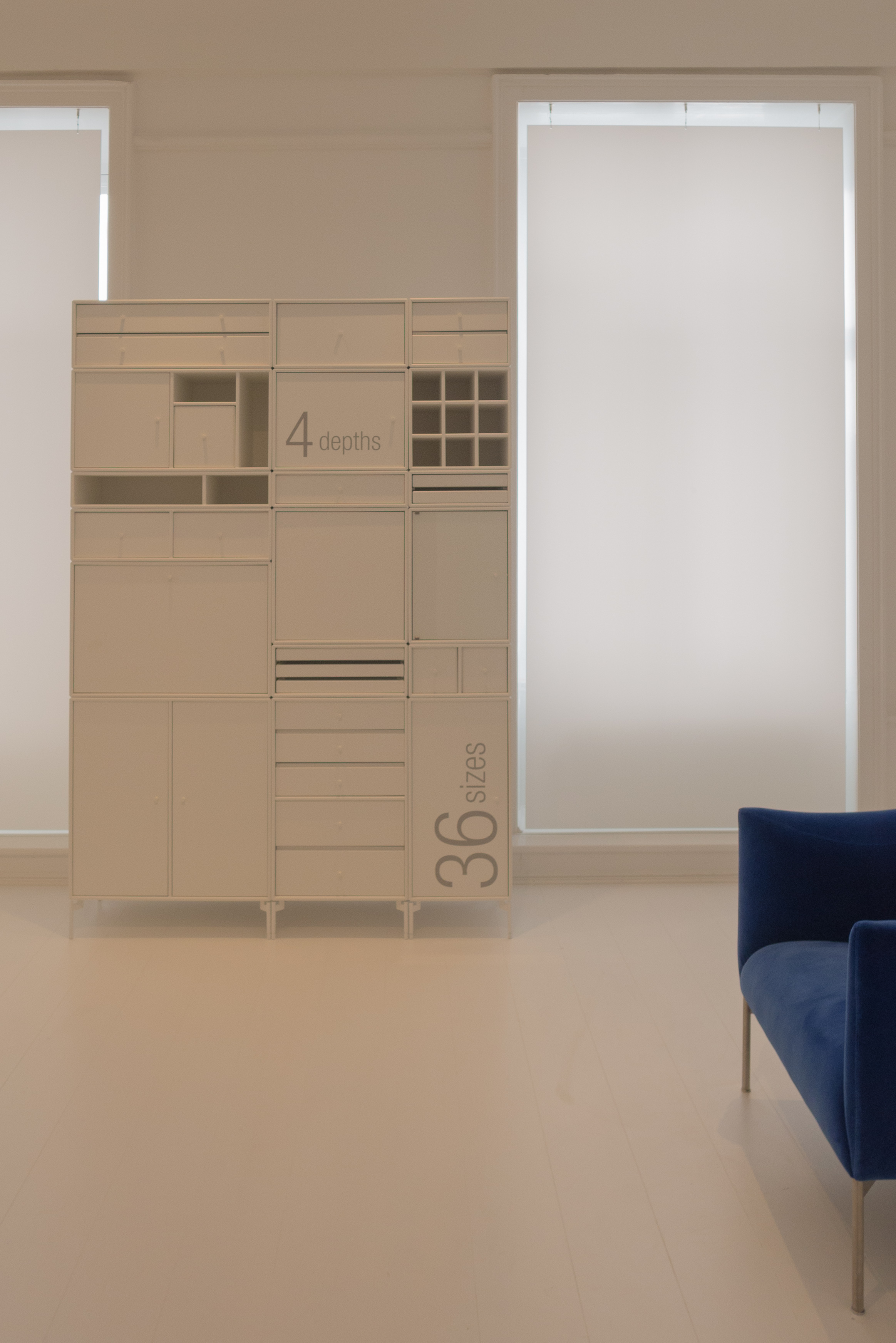Helene Vonsild at Frue Plads
/
The textile designer Helene Vonsild was at the market on Frue Plads with a wide selection of the designs that she markets through her company 1+1Design.
As well as commercial designs for textiles she uses fabrics she designed for Kvadrat to produce a range of cushions and bags.
A shoulder bag with an adjustable strap in dark grey rubber was interesting because it illustrates well an important aspect of good design that is not discussed enough.
The straps for the bag, with a series of slots and with notches along each edge, is an industrial product used for tree ties … a robust strap to hold a young sapling against a supporting stake … so strong to prevent the tree moving and snapping in wind but soft so it does not rub the bark of the tree with any movement and adjustable so it can be moved outwards as the tree grows or as a new and thicker stake becomes necessary.
Fixed to the bag with the right size and the right colour of button it could hardly be better for an easily-adjusted shoulder strap. This is a designer using ingenuity ... seeing an existing product in a new way for new uses or identifying a problem and finding the best way to come up with a solution.











